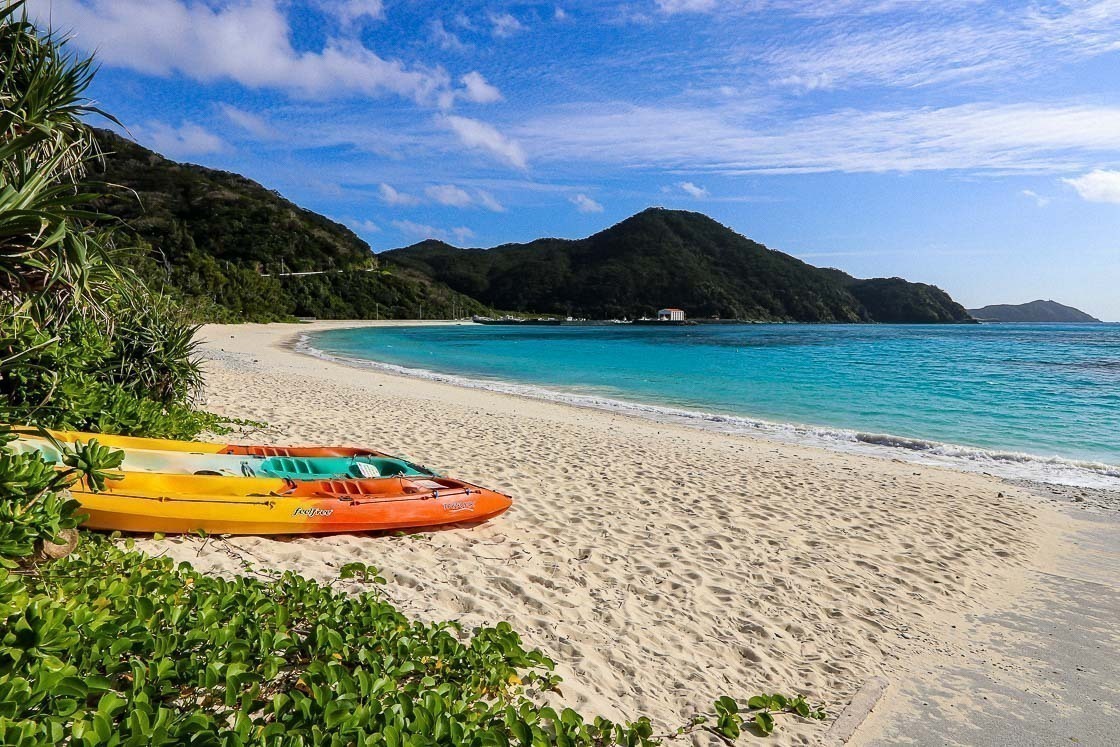Sun, sand and sea in Keramashoto National Park
Okinawa is the southernmost prefecture of Japan and a premier location for snorkeling, scuba diving and beach activities. The prefecture consists of many islands, and it is known for its beautiful beaches and emerald-blue waters. Thanks to its subtropical climate, Okinawa enjoys temperate weather all year round and does not experience extreme temperature differences compared to the northern part of the country.
Summer is the busiest season in Okinawa, when the water temperature remains consistently above 25 degrees Celsius and when the outside temperature averages around 30 degrees Celsius. Winter, on the other hand, tends to be mild compared to the rest of Japan, with temperatures hovering around 15-20 degrees Celsius in the day time. While summer may be the most popular time to visit Okinawa, going during the off-season in winter allows for uncrowded beaches and tourist attractions, and cheaper accommodation.
The Kerama Islands are a group of islands just 30 kilometers west of the main island of Okinawa. Designated as the Keramashoto National Park in 2014, the island chain is known for its stunning blue waters commonly referred to as Kerama Blue, outstanding snorkeling and diving opportunities. The islands are home to local flora and fauna that are endemic to Okinawa. Additionally, there remain a small number of culturally important traditional Okinawa-style buildings that survived the Battle of Okinawa during World War II, which destroyed many other residences and buildings.
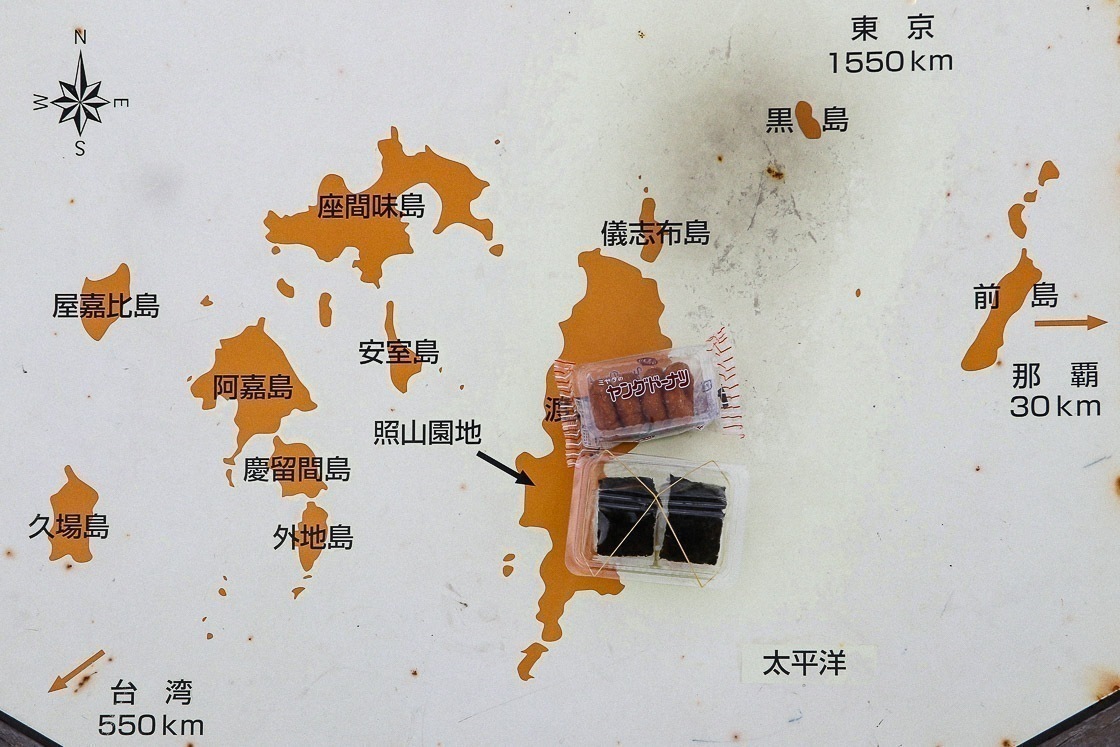
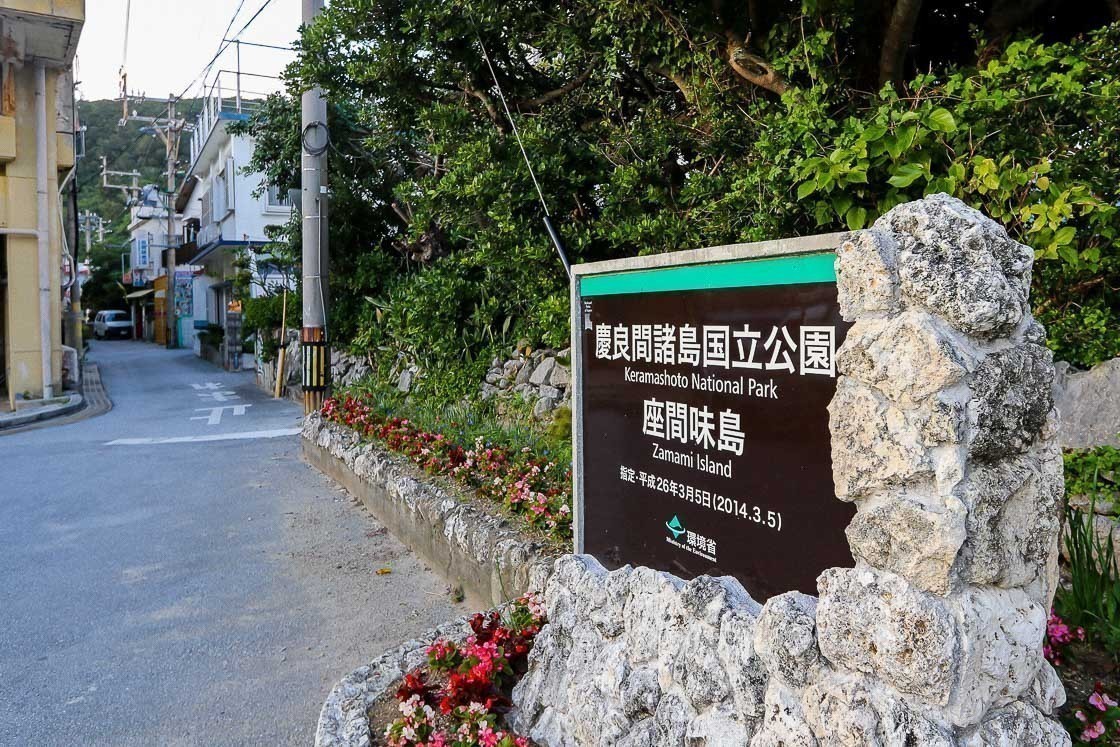
A visit to at least one of the Kerama Islands is highly recommended for those who are already planning a trip to Okinawa and want to experience an idyllic island life. The islands can be visited as day trips from Naha, but staying overnight allows one to fully maximize their time on the island and experience the rural island life. There are no modern luxuries such as 24-hour convenience stores or readily available public transport, and there are a handful of grocery stores that stock the daily necessities one may need.
I spent two full days visiting the Kerama island group in early January, in particular the bigger islands of Tokashiki, Zamami and Aka. I started my trip on Tokashiki Island and stayed the night there. On the second day, I took the first ferry out to Aka Island and explored it for a couple of hours before catching the midday ferry to Zamami Island and stayed overnight. I returned to Naha on the morning of the third day.
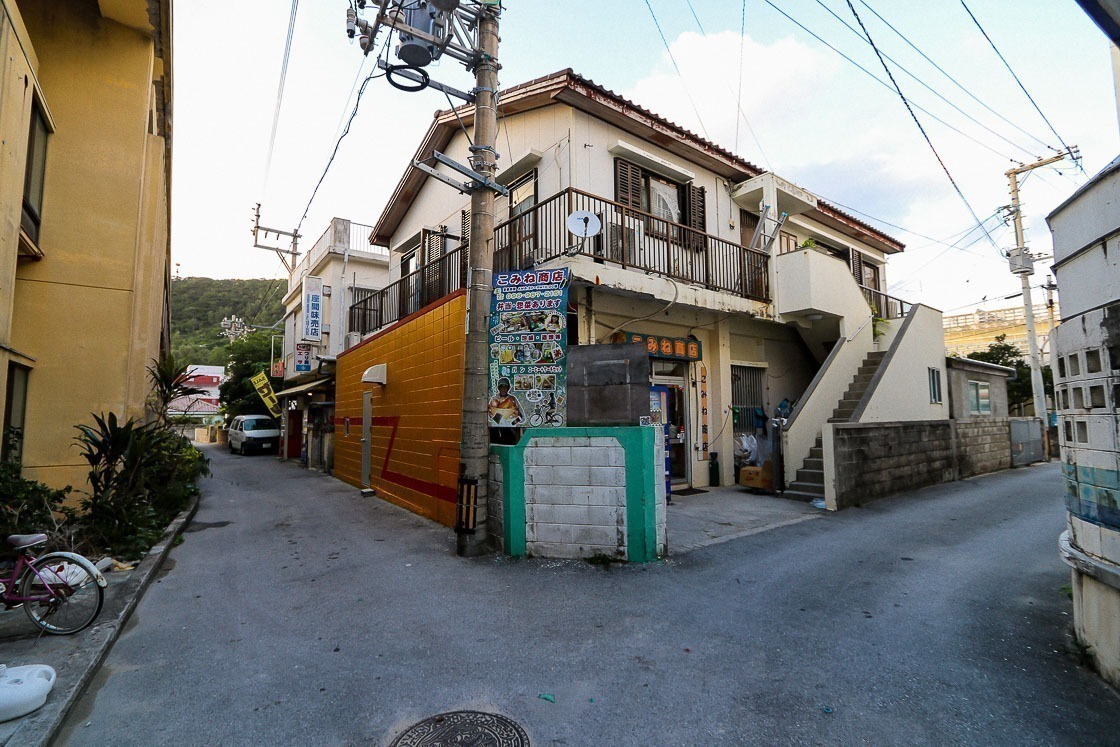
There are a variety of accommodation facilities on the three islands I visited. While they may be booked out during the high season, it was not crowded at all when I was there during the low season, and there was even room for those who decide to stay on a whim. However, it is still advisable to make advance reservations as many places tend to close in the winter.
Day one
From Naha, I made my way to Tomari Port in the morning from where the high speed ferry would take me to Tokashiki Island, the largest island in the Keramashoto National Park. The ferry ride was fairly smooth and took about 35 minutes. Snorkeling is by far the most popular activity in the waters around Tokashiki Island, and one does not have to head far nor into deep water to see colorful fish and corals in the water. There are two main beaches on the island, Tokashiku Beach and Aharen Beach.
Tokashiku Beach is best known as the feeding ground of green sea turtles who munch on the sea grass in the shallow waters near the beach. Appropriate conduct should be adhered to when observing these endangered marine turtles. They include: no chasing after them, no touching or feeding them, and giving the turtles ample space when they surface for air.


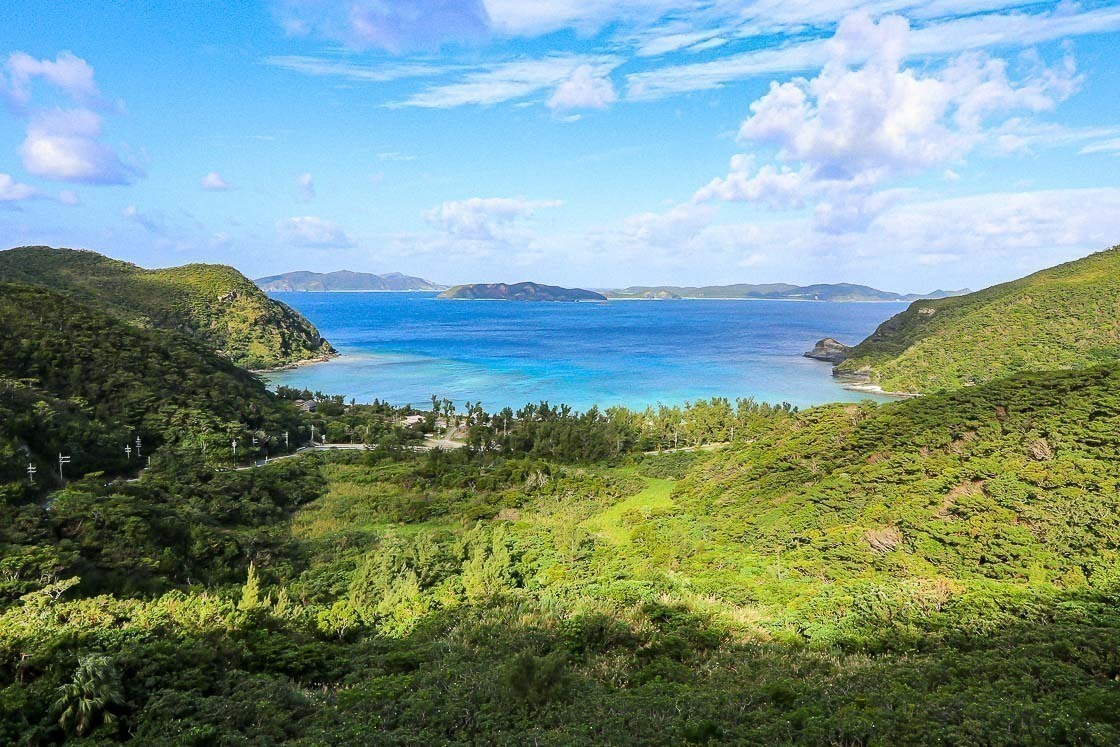
Tokashiki Island is relatively small and has three villages: Tokashiki, the main one on the eastern side where the main port is located, the smaller Aharen on the southwestern side and Tokashiku between the two on the western side. Walking between the villages is possible, but may take 1.5 hours due to the hilly terrain.
Rental cars, mopeds and bicycles are available on the island, and there is also a local bus that connects the port to the beaches which is timed to the ferry arrival times. Alternatively, tour operators and accommodation facilities typically provide pick up and drop off at the main port of Tokashiki.

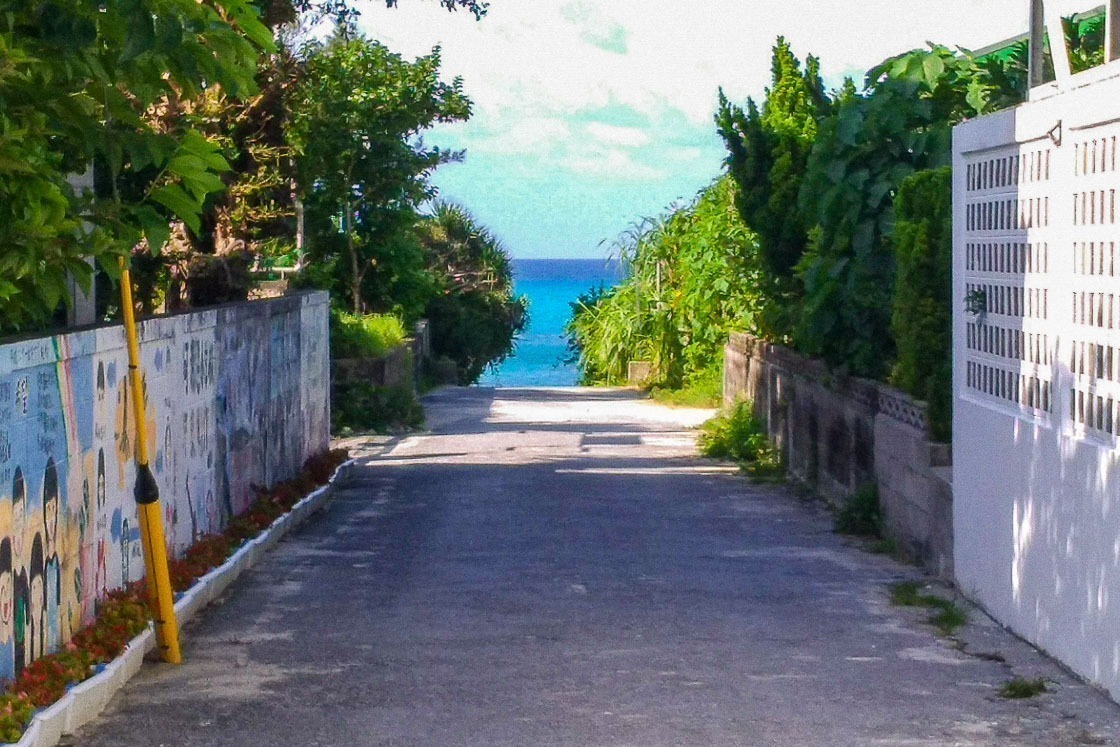
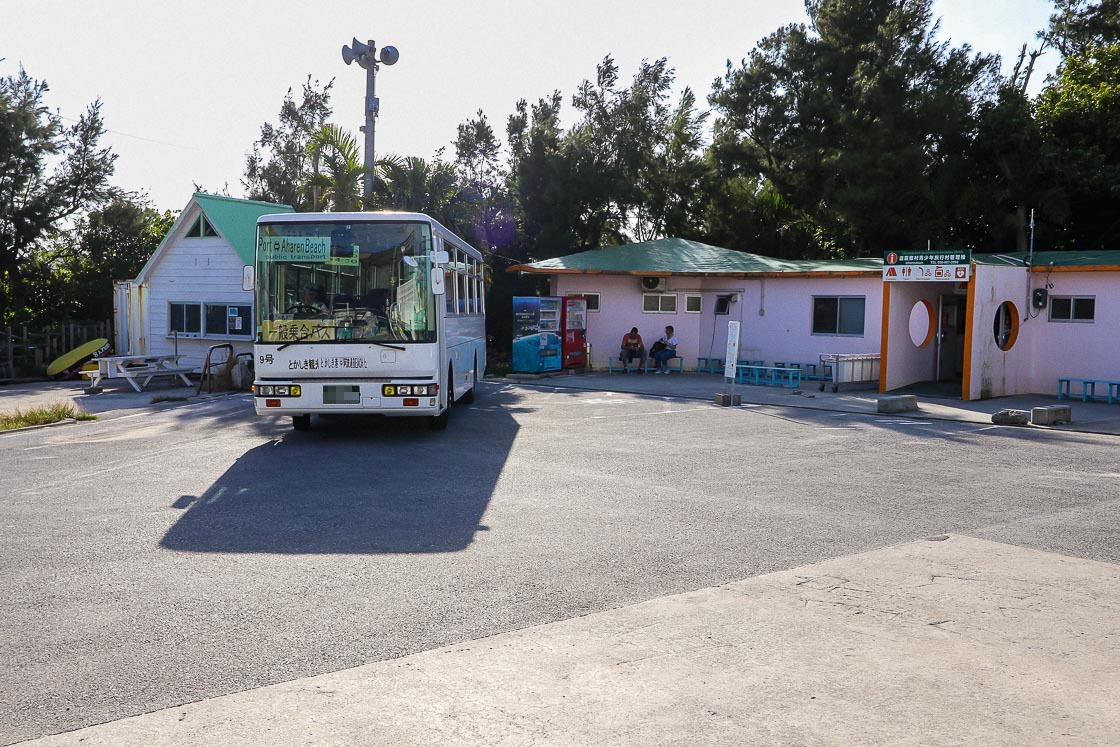
I made advance reservations with Island's Trip, a local tour operator with an English-speaking guide, to go snorkeling at Tokashiki Island. Wetsuits, life jackets, and snorkel and fin sets are typically provided if you join a tour, or can be rented from the shops near the beach for those who decide to go on their own. Some advantages of joining a tour include having a local guide who will take you to the good spots, and nervous or non-swimmers can enjoy as they are in safe hands.
The water temperature in the Kerama Islands hardly falls below 20 degrees Celsius even in the winter months. The shallow waters close to the beach can be warm on sunny days, but swimmers and snorkelers would probably appreciate an additional layer if staying underwater for longer periods of time or heading into deeper waters.
I changed into my rental wetsuit and headed off with Morino-san, my guide, for a couple of hours of snorkeling. We set off on his boat from Aharen beach and headed towards the Tokashiku beach side. We saw a couple of sea turtles munching on sea grass and managed to get pretty close to them before going to check out the corals and reef fish in deeper waters. I had a great time swimming around and saw a lot more fish than I expected.
Another advantage of having a guide is that they are typically good sources of information regarding the area and are also on hand to advise visitors on what not to do when in the national park. There are some basic rules to follow when swimming in the national park, and they include not stepping on the corals and not chasing after the sea turtles. Visitors are requested to abide by these rules in keeping with environmental protection and conservation efforts.
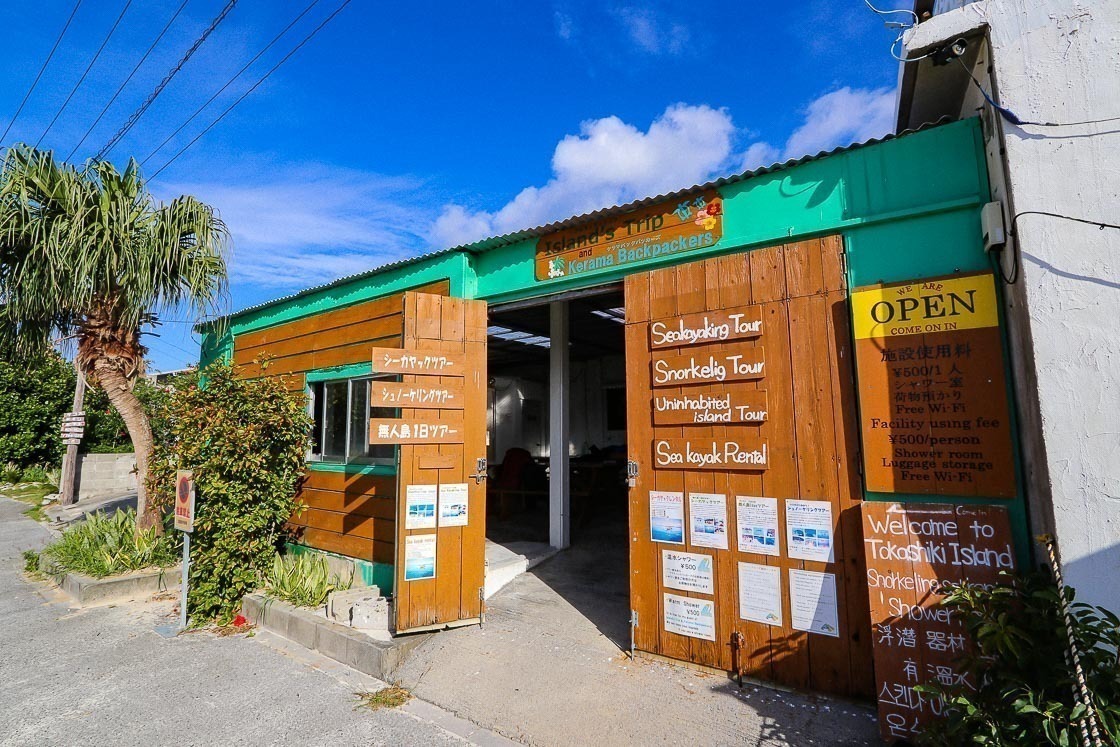
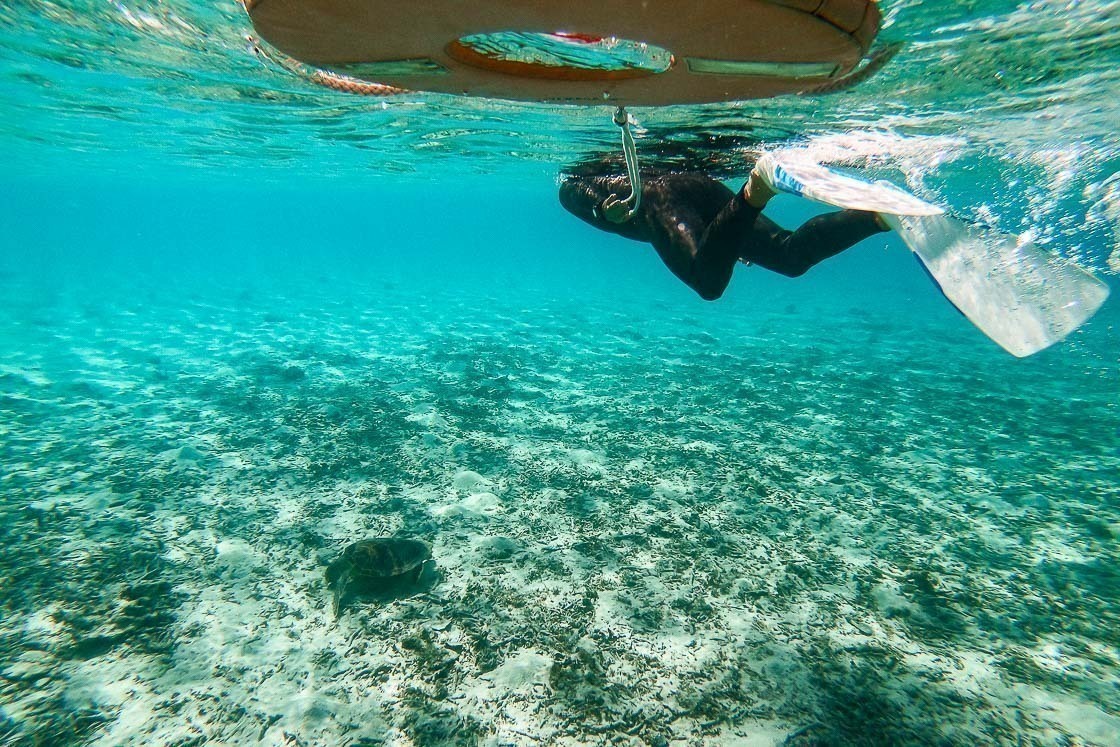
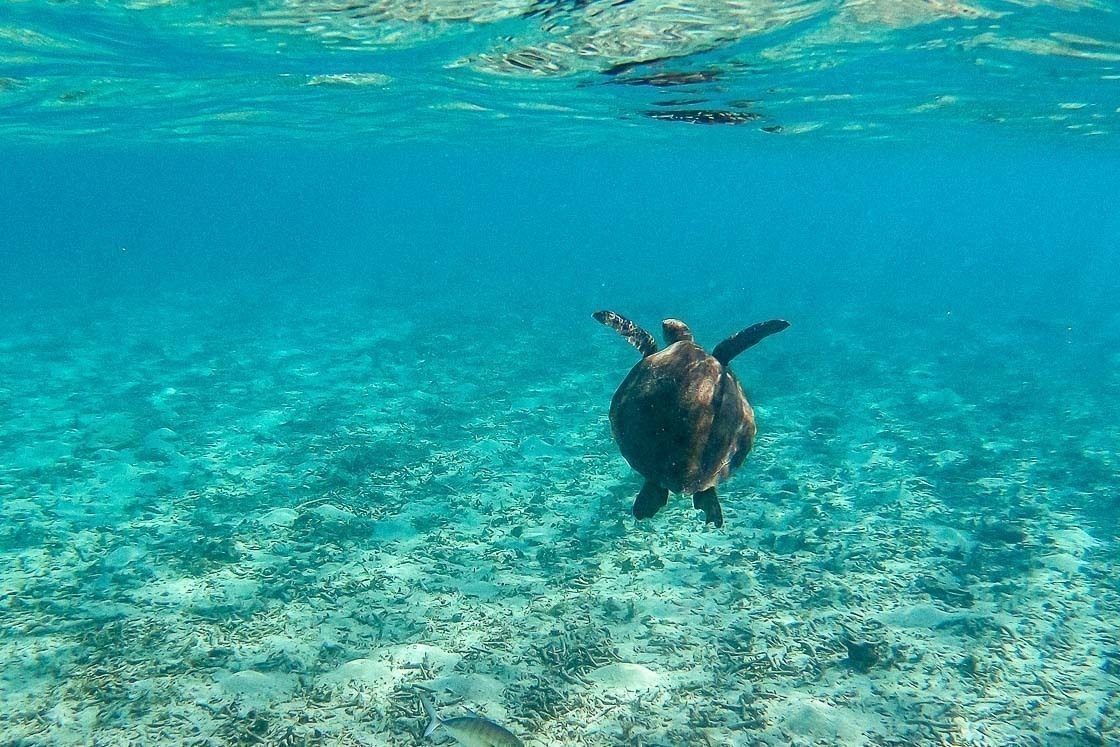
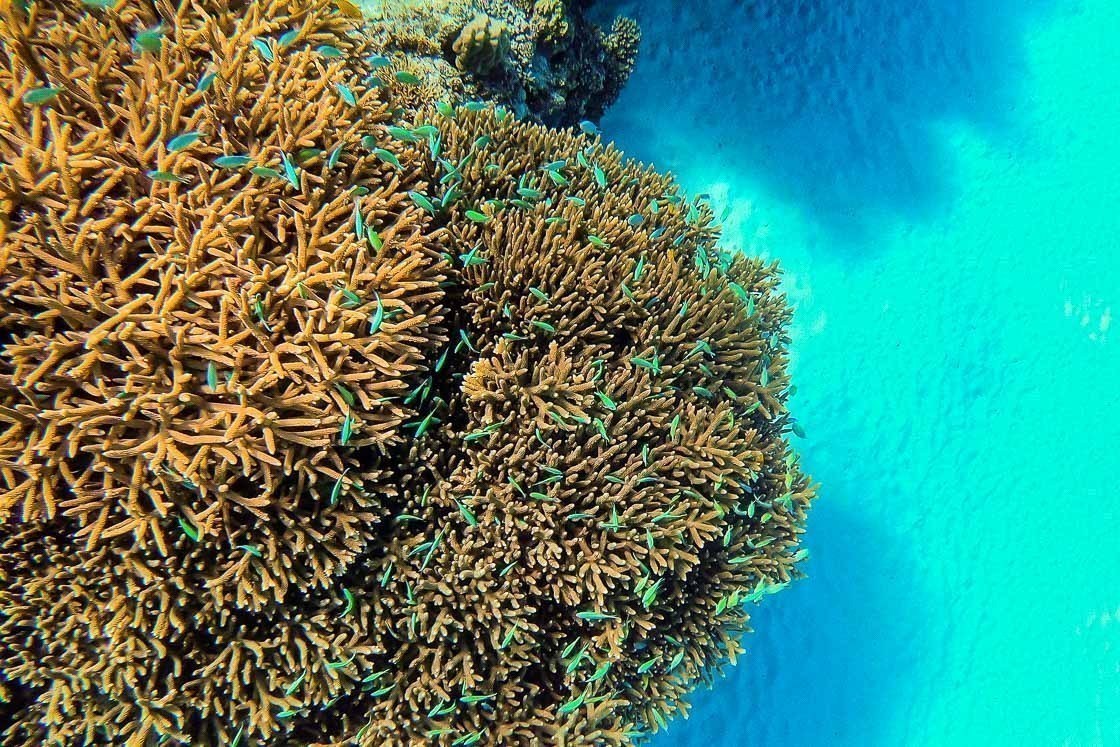
After my snorkeling excursion, I went on a short walk to the Teruyama observation deck, which stands at an elevation of around 170 meters between the two main beaches on the island. The walk to the observatory took about 30 minutes from Aharen Beach. As I passed through the small village of Aharen, I decided to buy some food from the local "convenience store" and made myself a little picnic lunch to have at the observation deck. The weather was excellent when I was there, and I was afforded views of the two beaches, and Aka and Zamami islands just across the water.
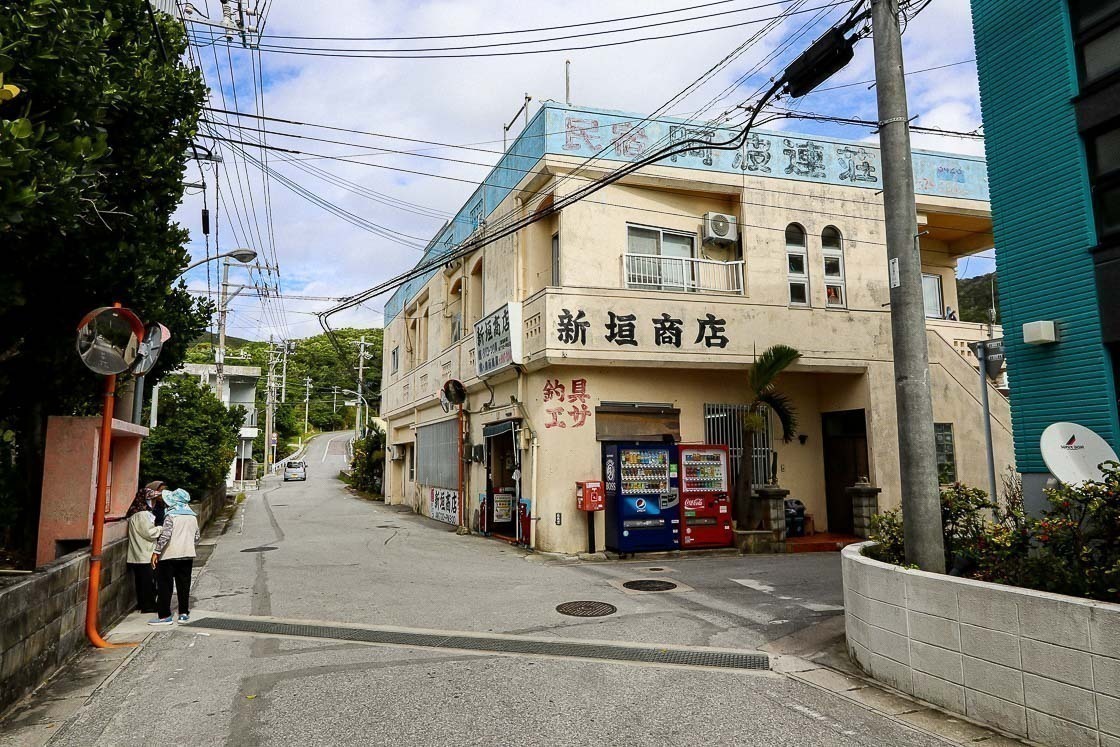
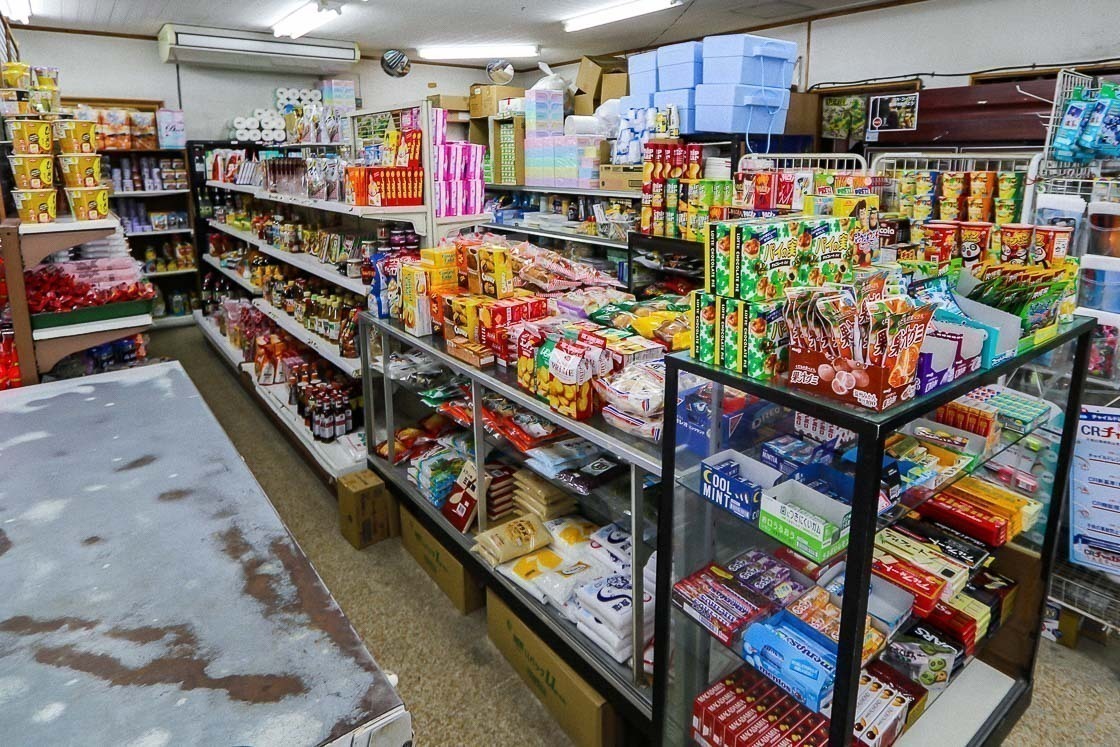
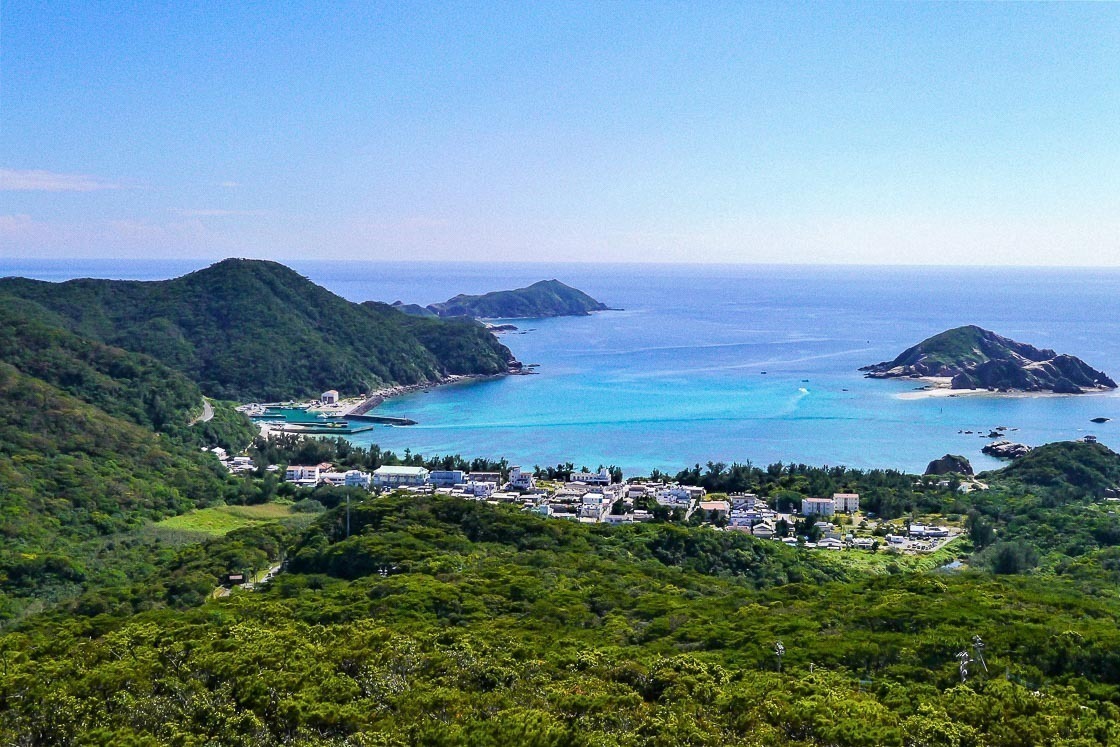
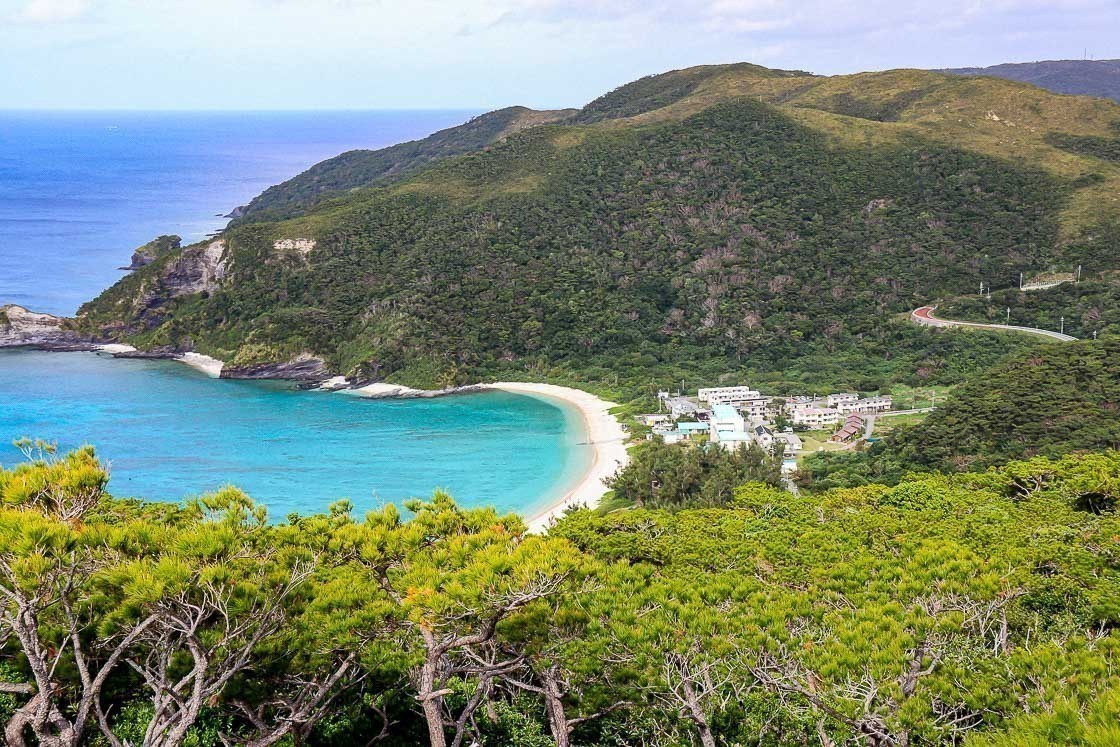
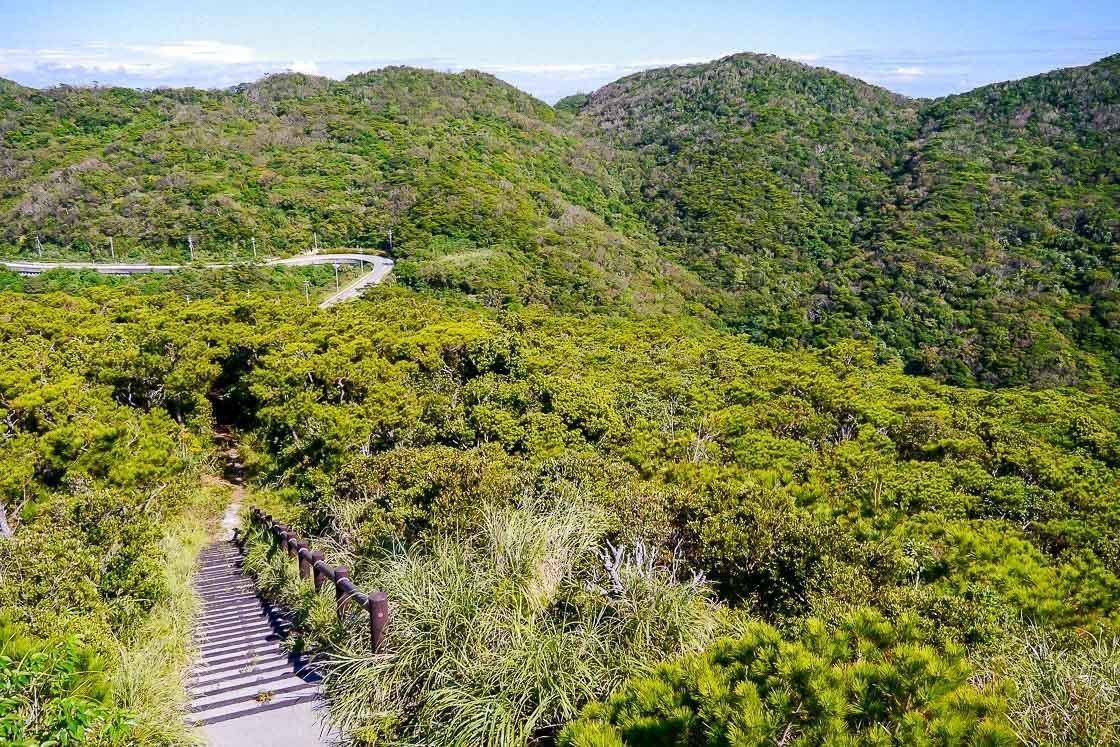
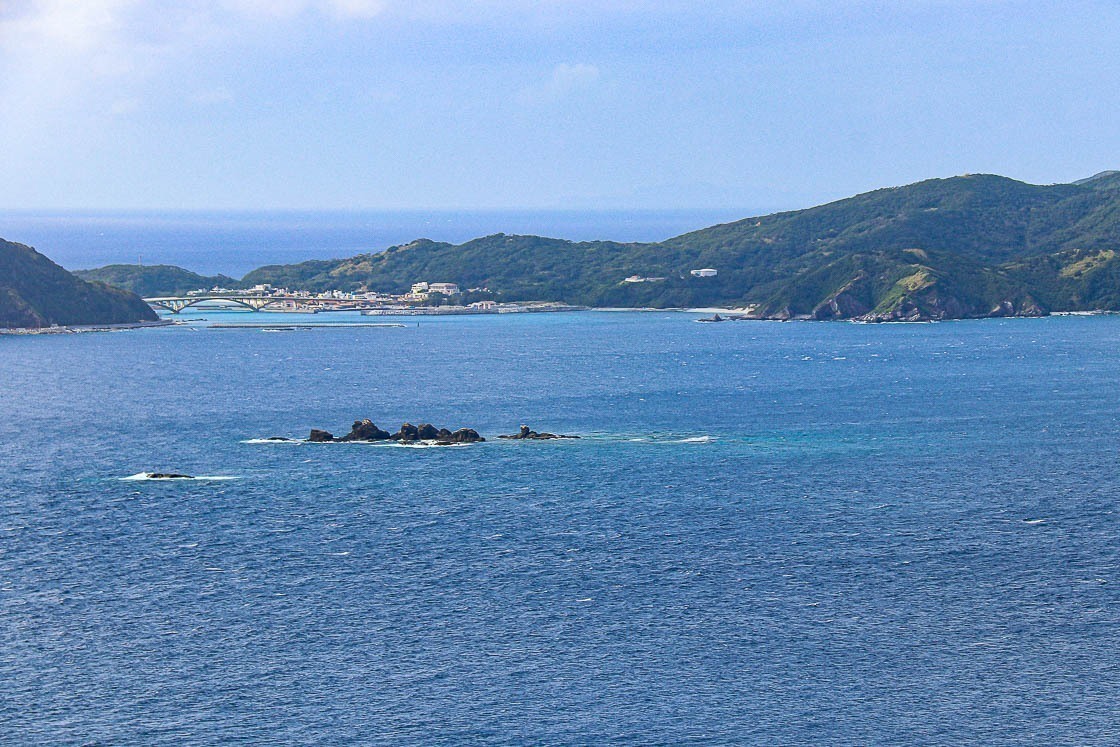
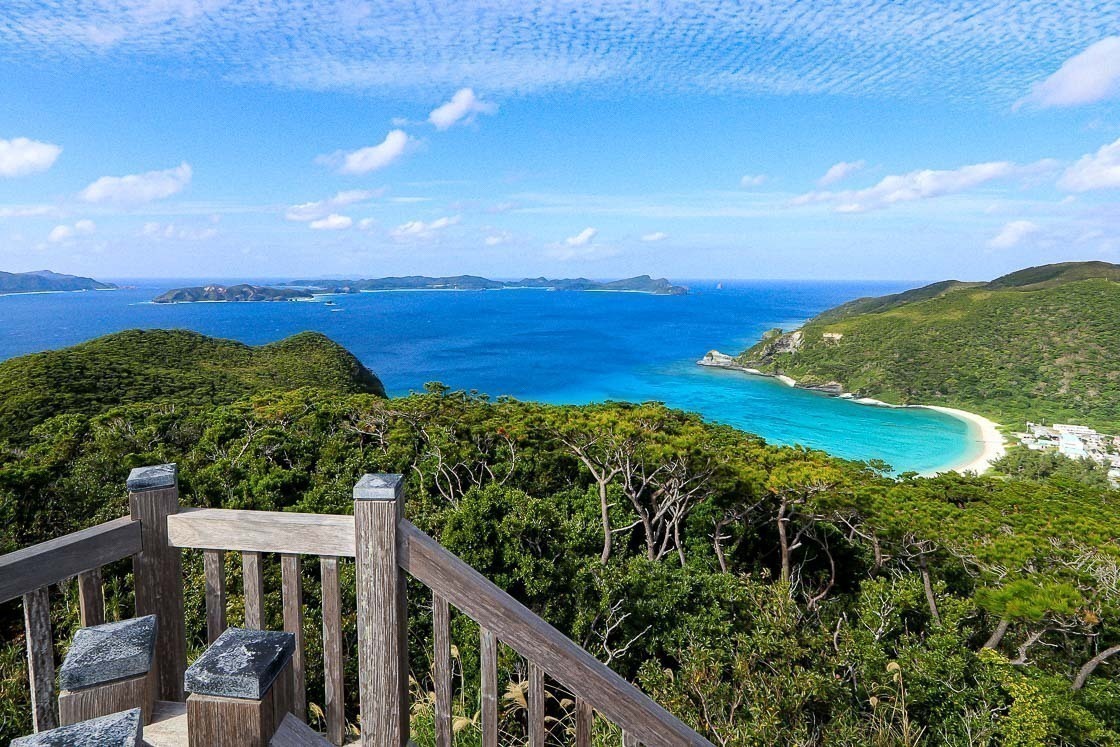
I stayed on Tokashiki Island on the first night, and Morino-san, my guide from Island's Trip, kindly took me from Aharen back to the main village of Tokashiki. My plan after checking in at Kerama Backpacker's, my accommodation for the night, was to walk around the village of Tokashiki. I got a map from my accommodation, and after getting a few recommendations from my hosts, set off on a sunset stroll. Along the way, I popped into a restaurant along the port for dinner before calling it a night.
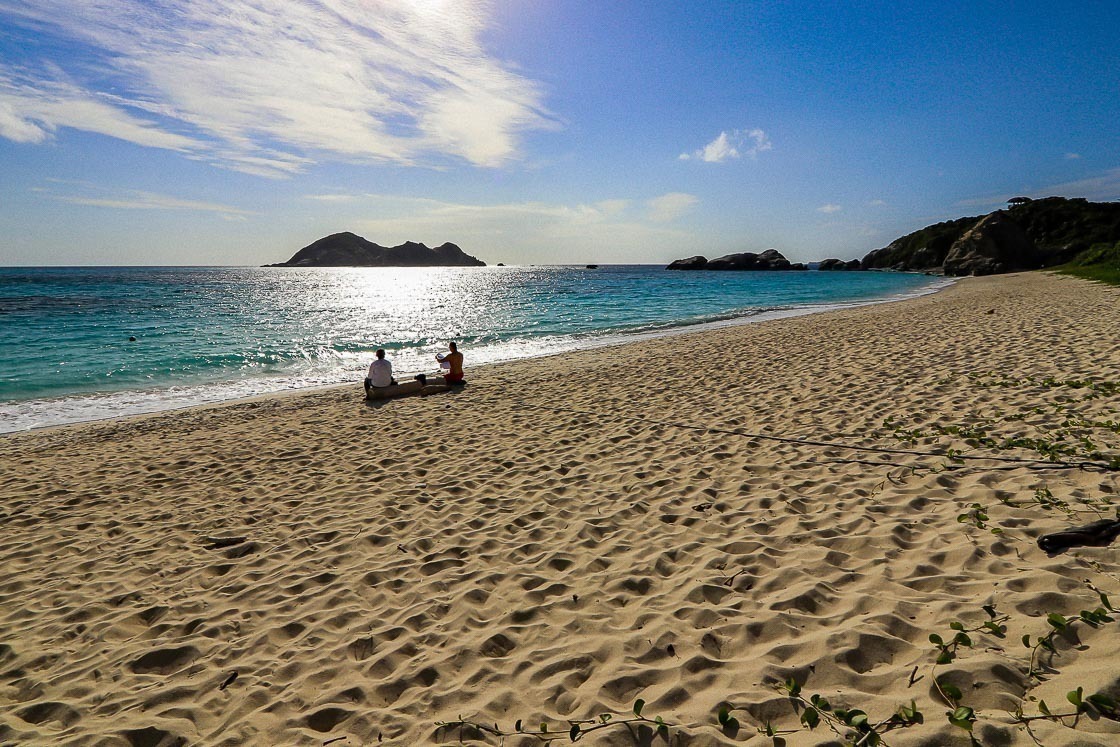
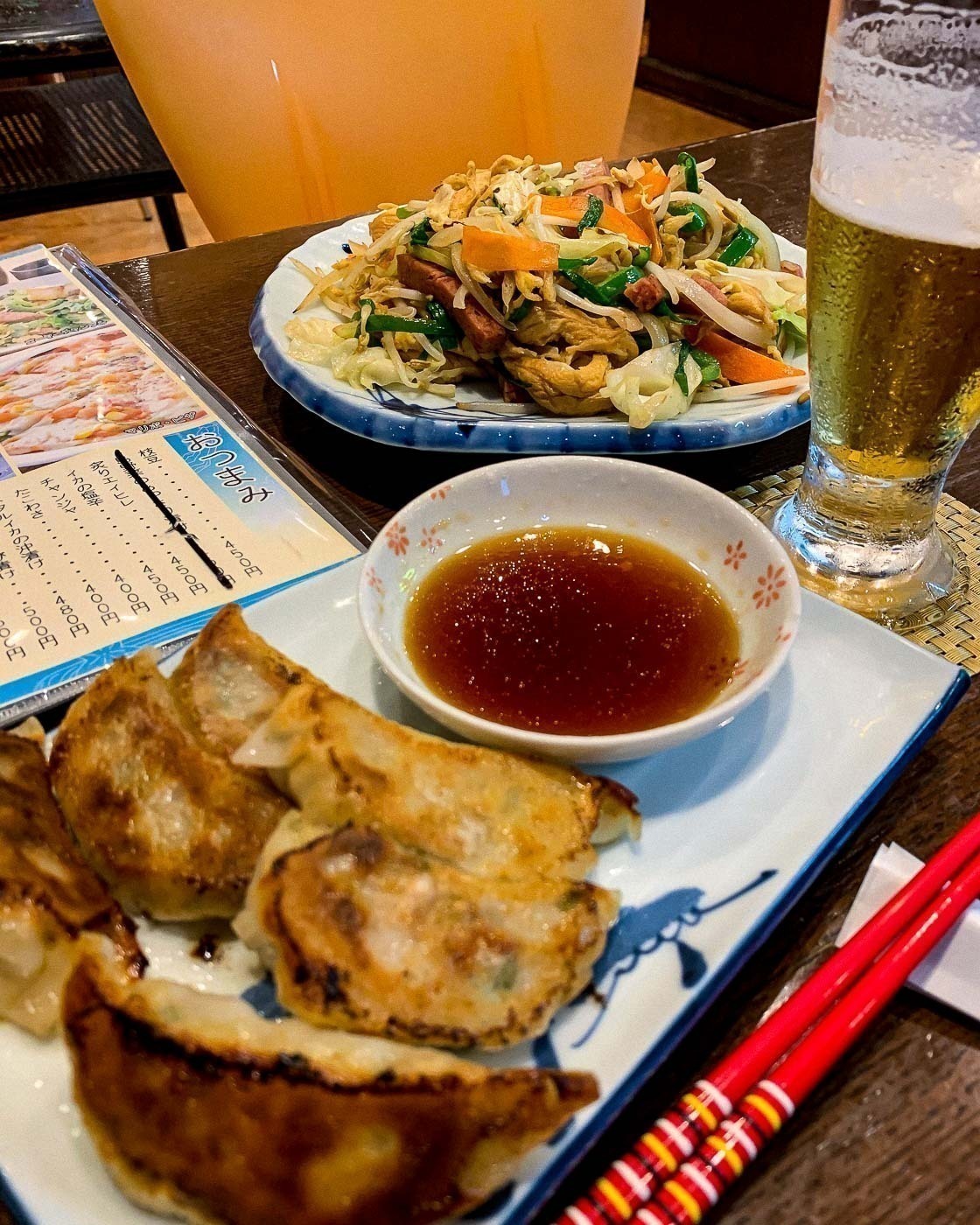
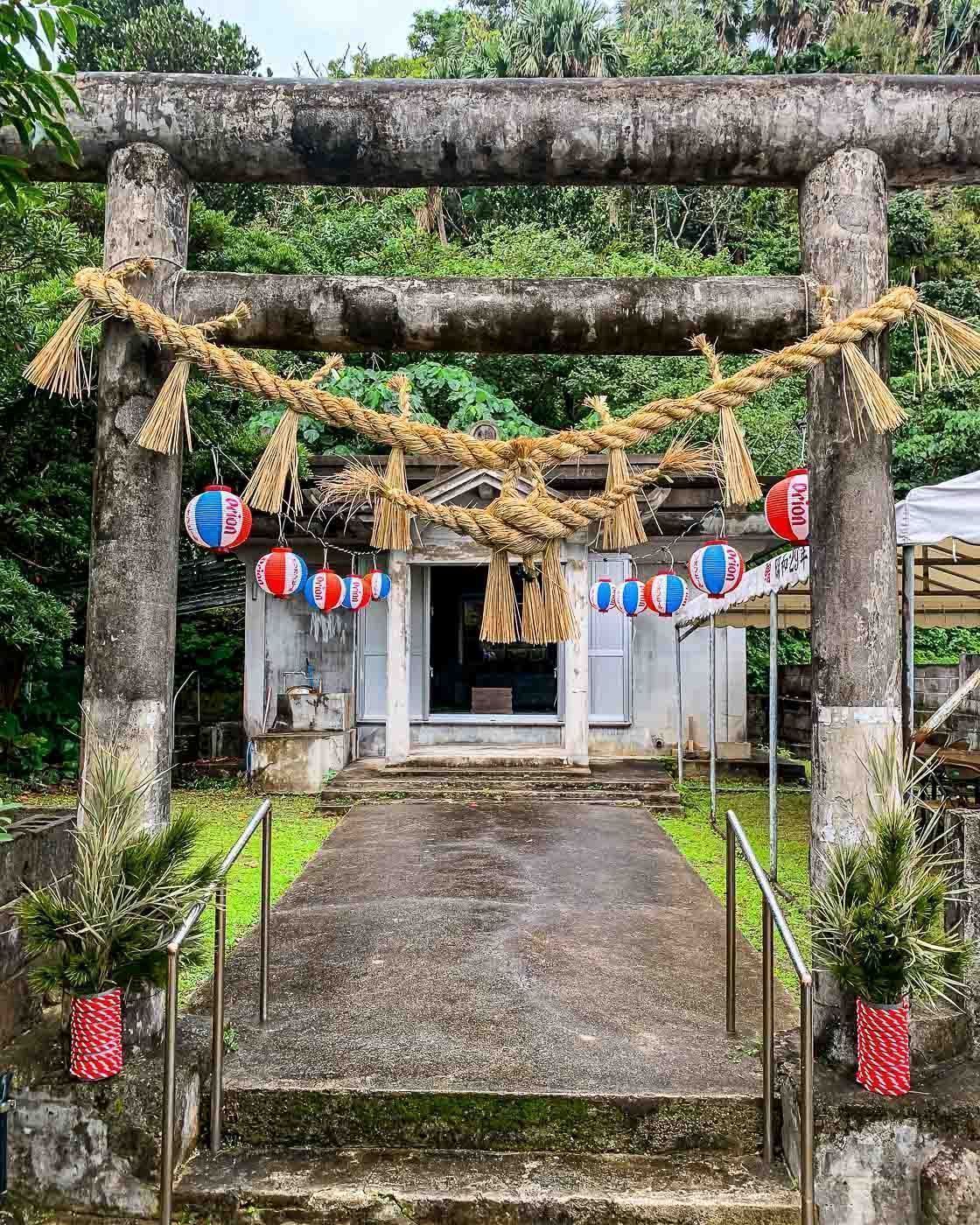
Day two
The next day, I took a 20-minute ferry ride across the open water from Tokashiki Island to Aka Island, where I checked out the Sango Yuntaku-kan Visitor Center and Nishibama Beach. I was initially planning to rent a bicycle to explore the island, but decided too walk around as the two places were relatively close to one another.
The Sango Yuntaku-kan, a visitor center, was a couple of minutes walk from Aka Port. Opened in 2018, the visitor center displays the various types of corals that can be found in the Keramashoto National Park. Visitors can learn more about coral conservation as well as the local marine life, and information is written in a variety of languages. I found it very educational to read about the corals, some of which I saw while snorkeling the day before, and how the beaches on the island were made.
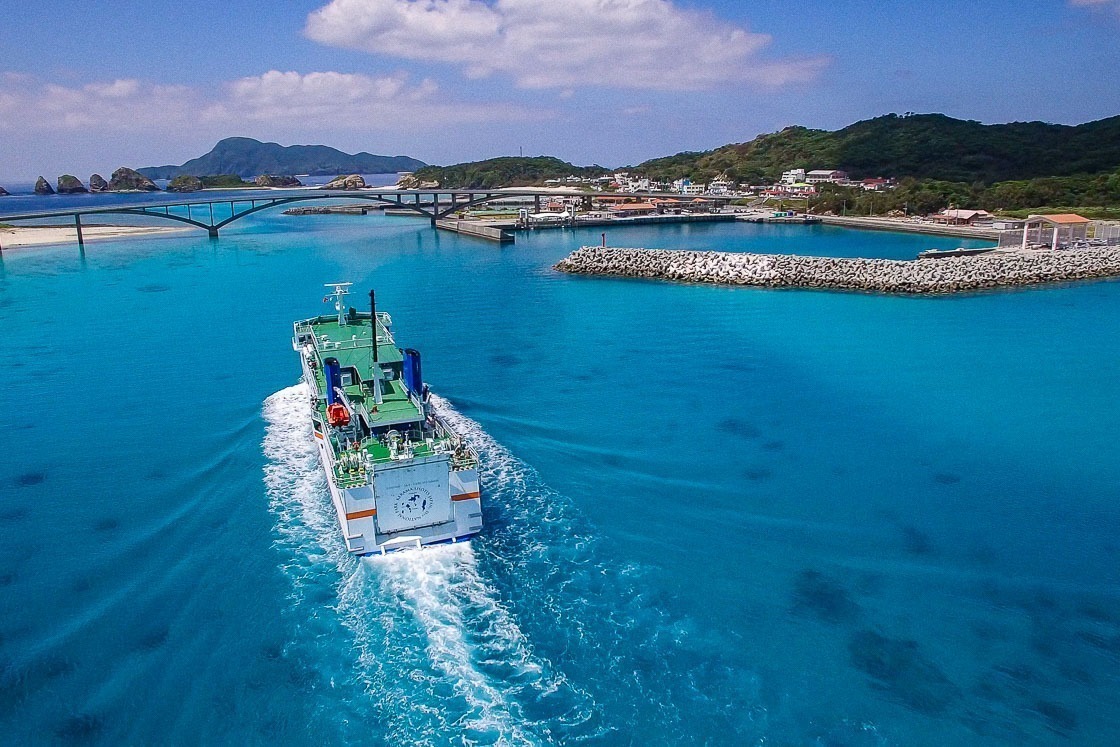
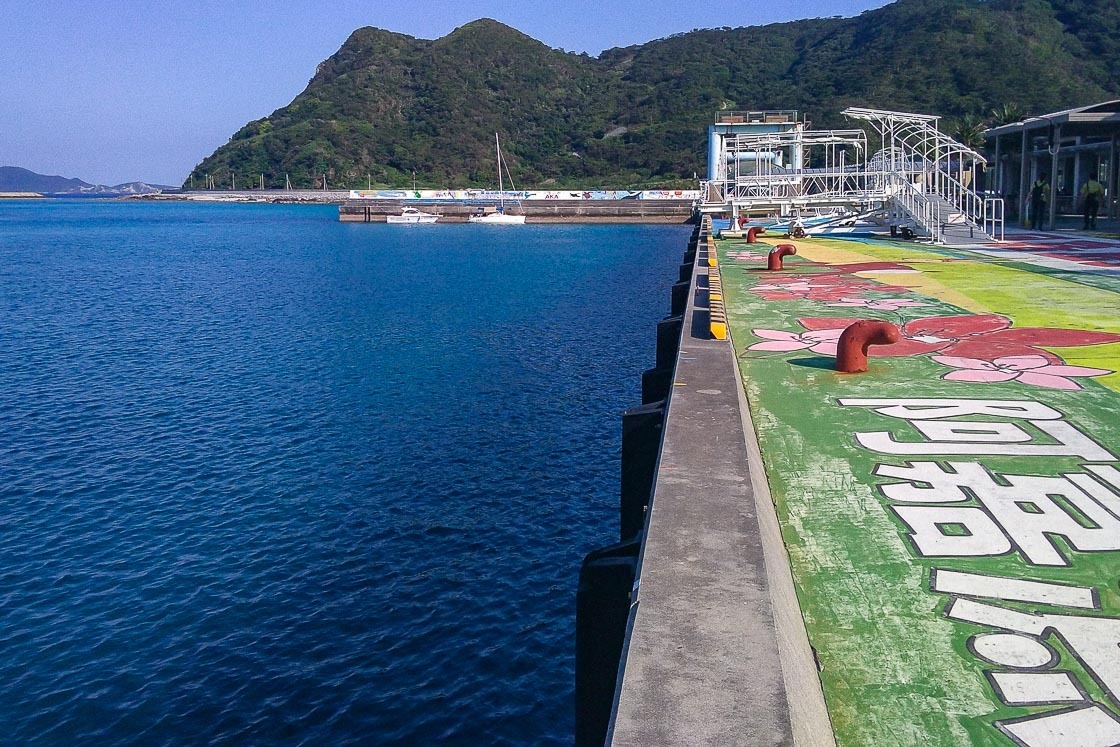
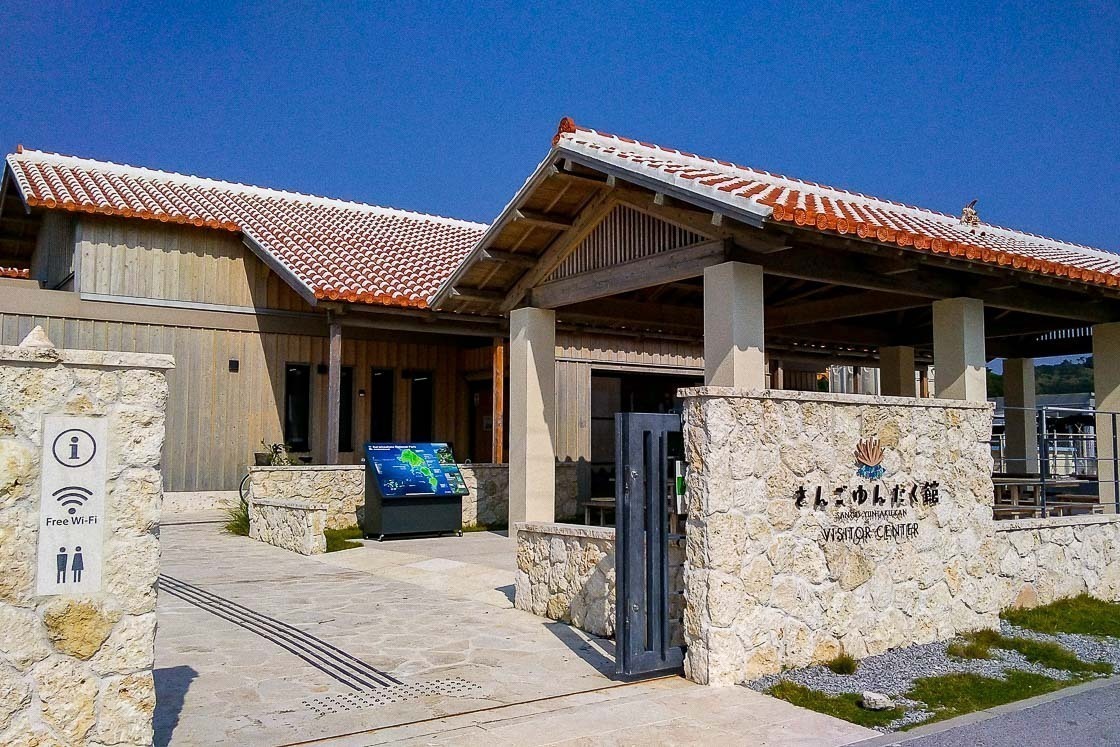
Luggage storage and information about bicycle rental are also available at the visitor center, and I left my bag there before going to Nishibama Beach. It took about 20 minutes to walk to the the beach from Sango Yuntaku-kan. Nishibama is a popular beach in the summer with its white sand extending out into blue waters.
A nice addition to the beach is the Nishibama Terrace, a wooden deck overlooking the beach and sea. I imagine it to be crowded with beach-goers having a snack from the nearby food trucks in the summer, but I was fortunate to have the entire terrace and beach to myself as I was there in winter. Yet another perk of visiting in the off-season!

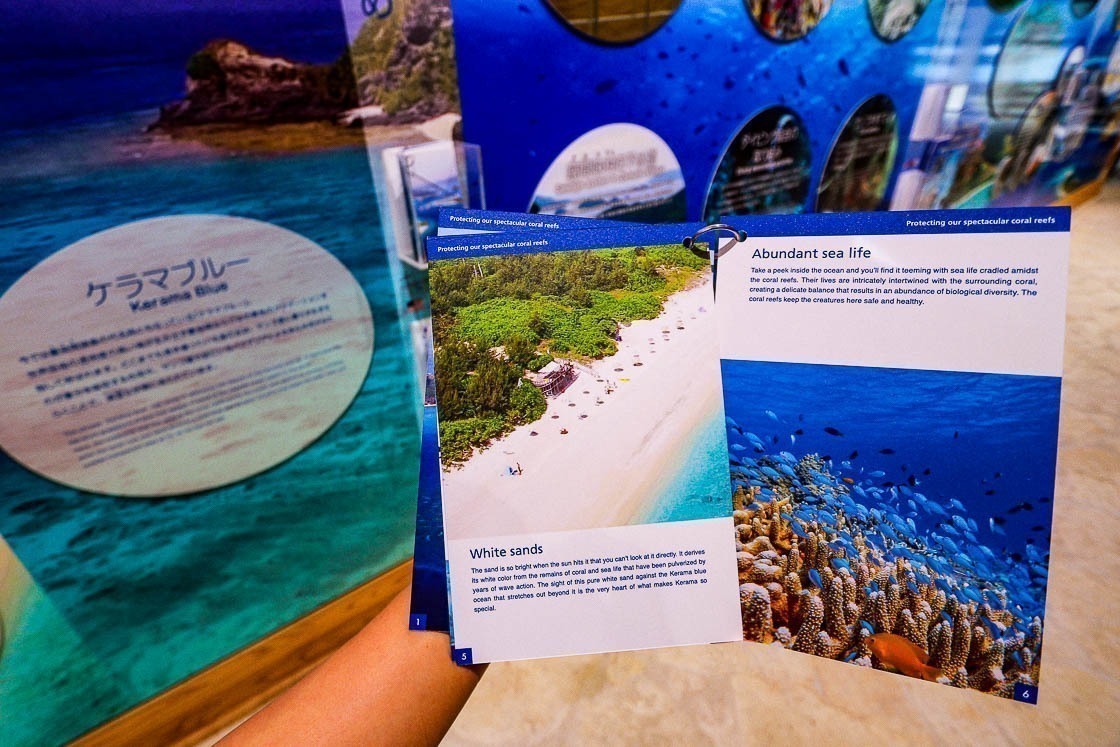
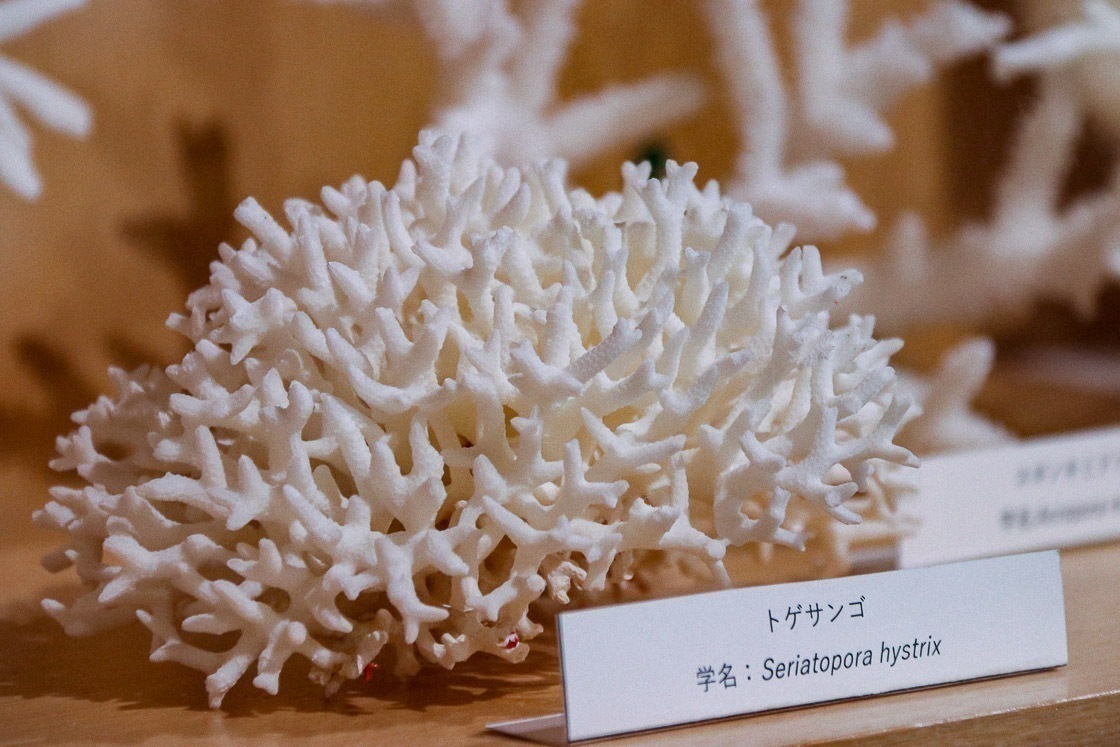
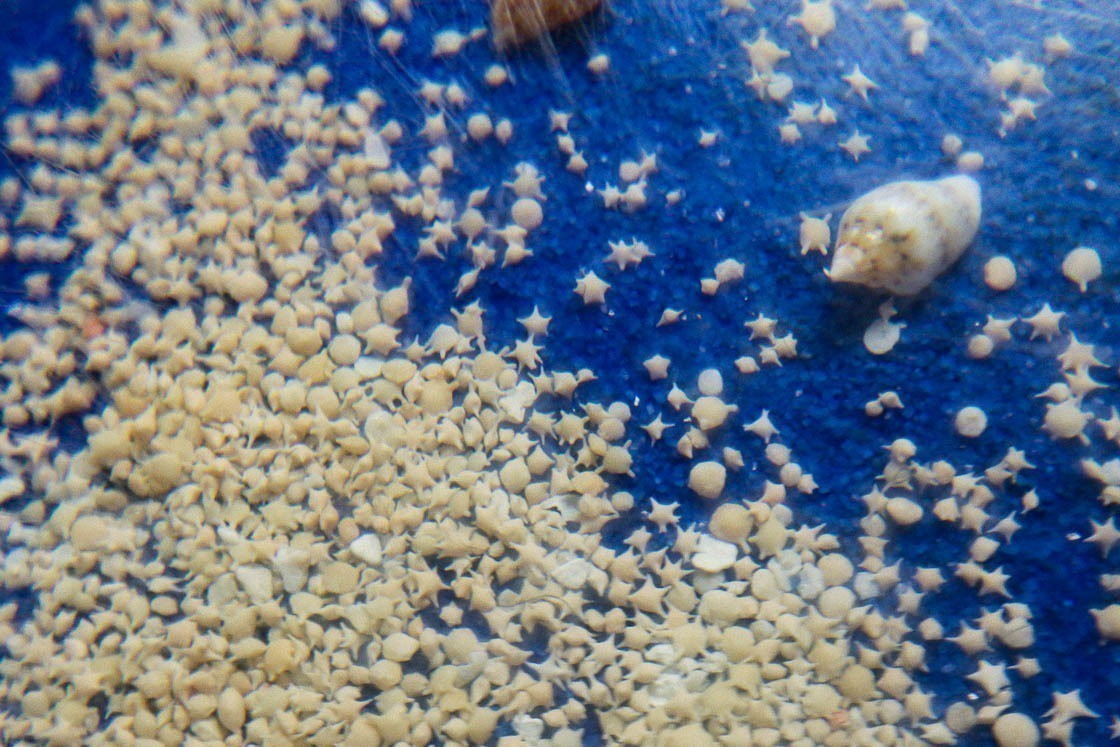

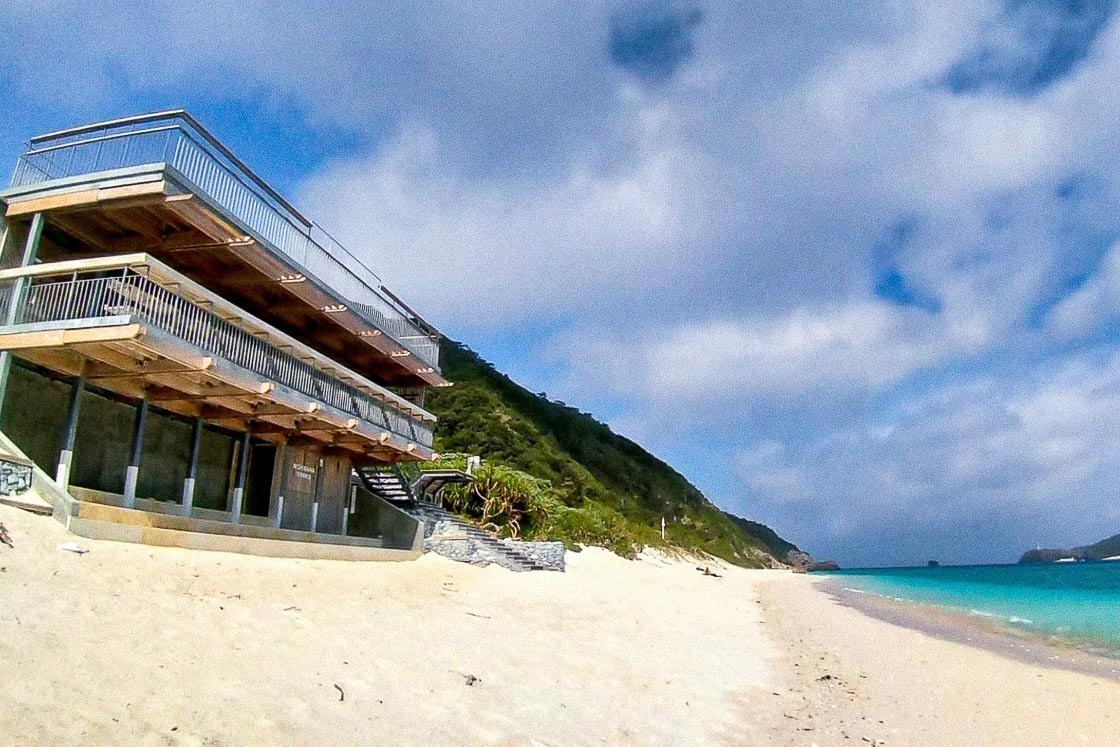

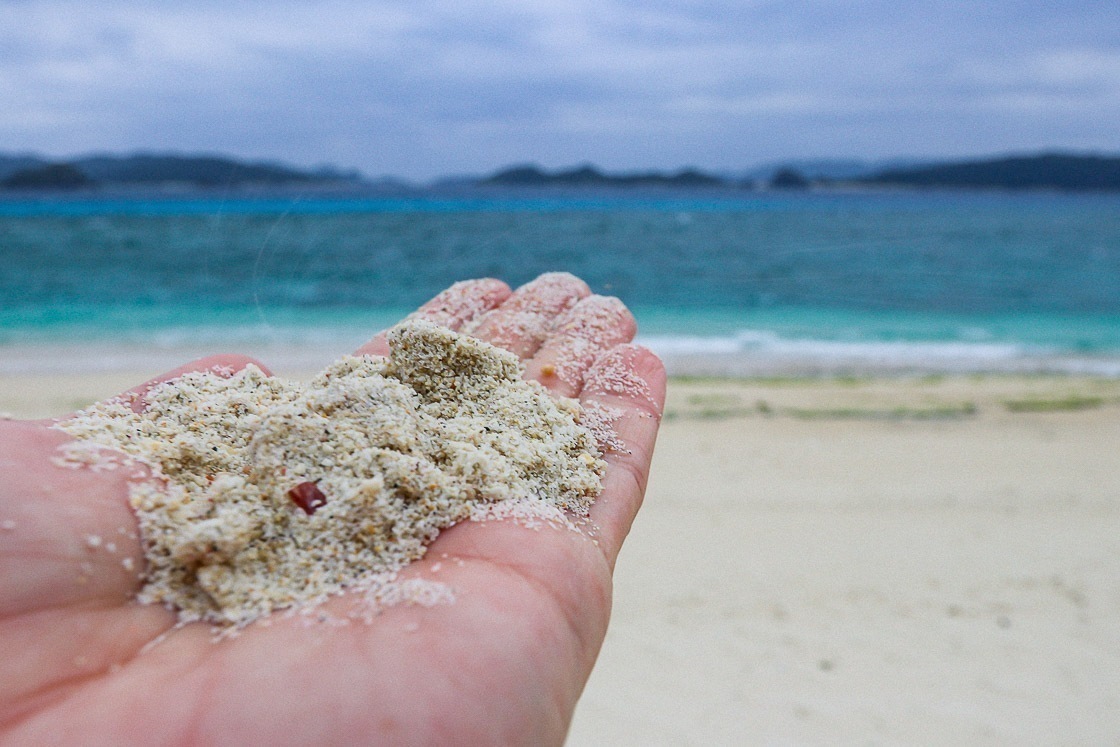
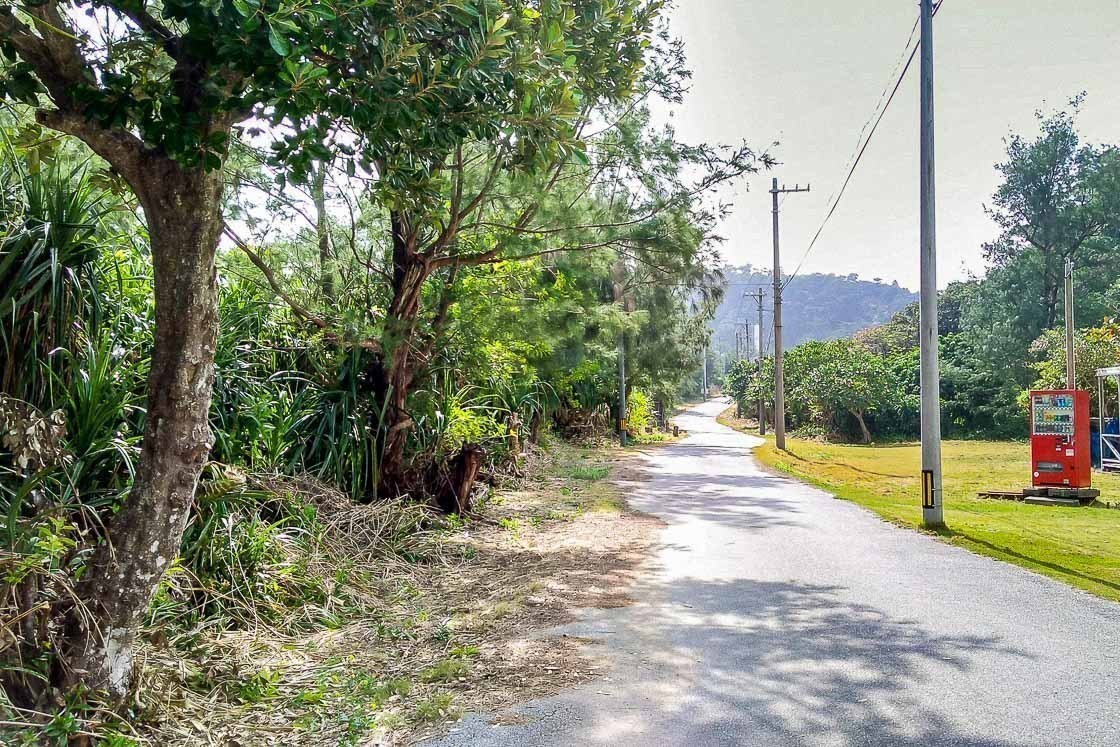
Following my short stay at Nishibama Beach, I headed back to Aka port in the early afternoon and took a 15 minute ferry ride to Zamami, the second biggest island in the Keramashoto National Park. My itinerary on Zamami was to walk around the main village, head up to the Takatsukiyama observation deck and check out Furuzamami Beach, which is a two-star beach on the Michelin Green Guide.


Upon arrival at Zamami, I went to my accommodation to leave my baggage and headed straight for a walk through the main village of Zamami and to the observation deck. A short stroll along the periphery of the village brought me to the start of the route to Takatsukiyama observation deck. From there, it was only a 25 minute walk to the observation deck. I was treated to a great view of the nearby islands including Tokashiki and Aka, and it only served to whet my appetite to explore more of them.
I spent some time relaxing at the observation deck, and after descending, went for a proper walk through the main village. The main village in Zamami is neatly laid out, and I found that I did not need a map to navigate at all. One of my favorite parts of walking through the village was turning into the small alleys, visiting the local grocery stores and seeing what was available for the season.
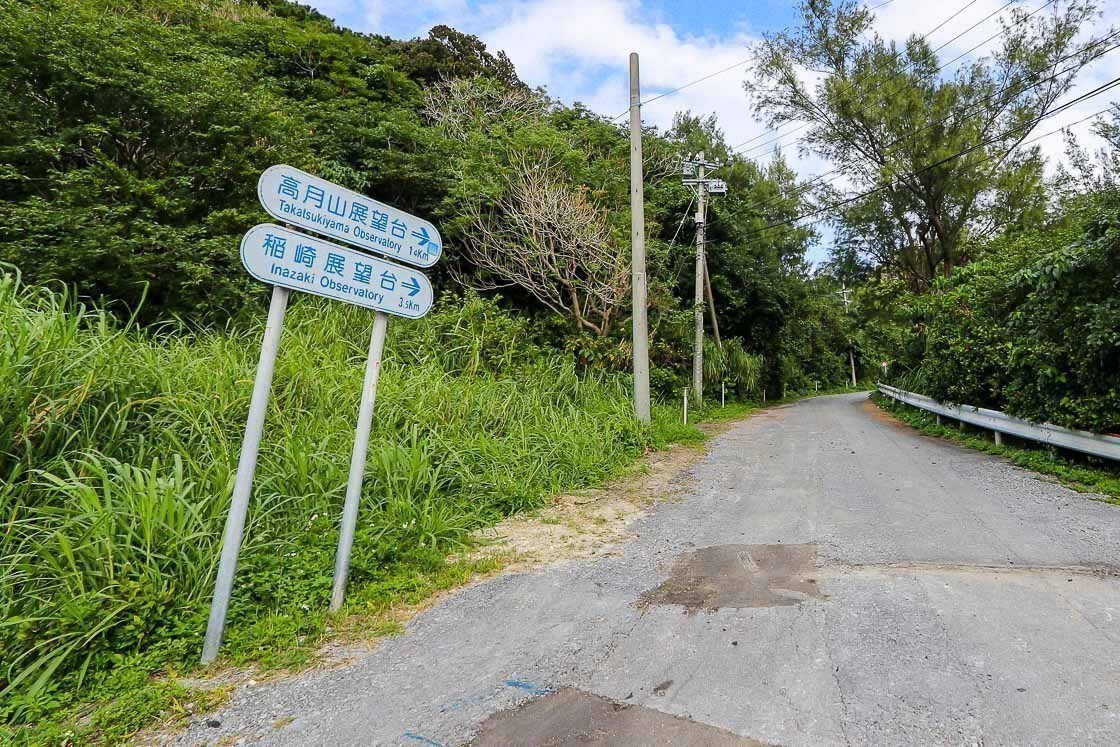
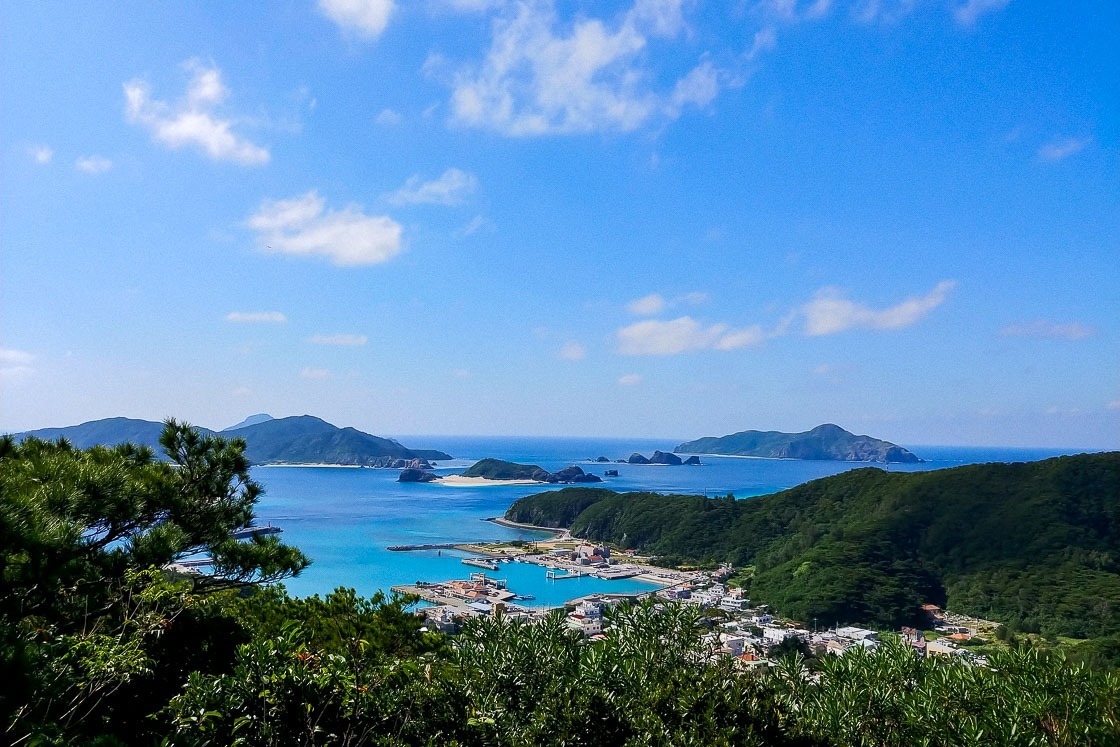
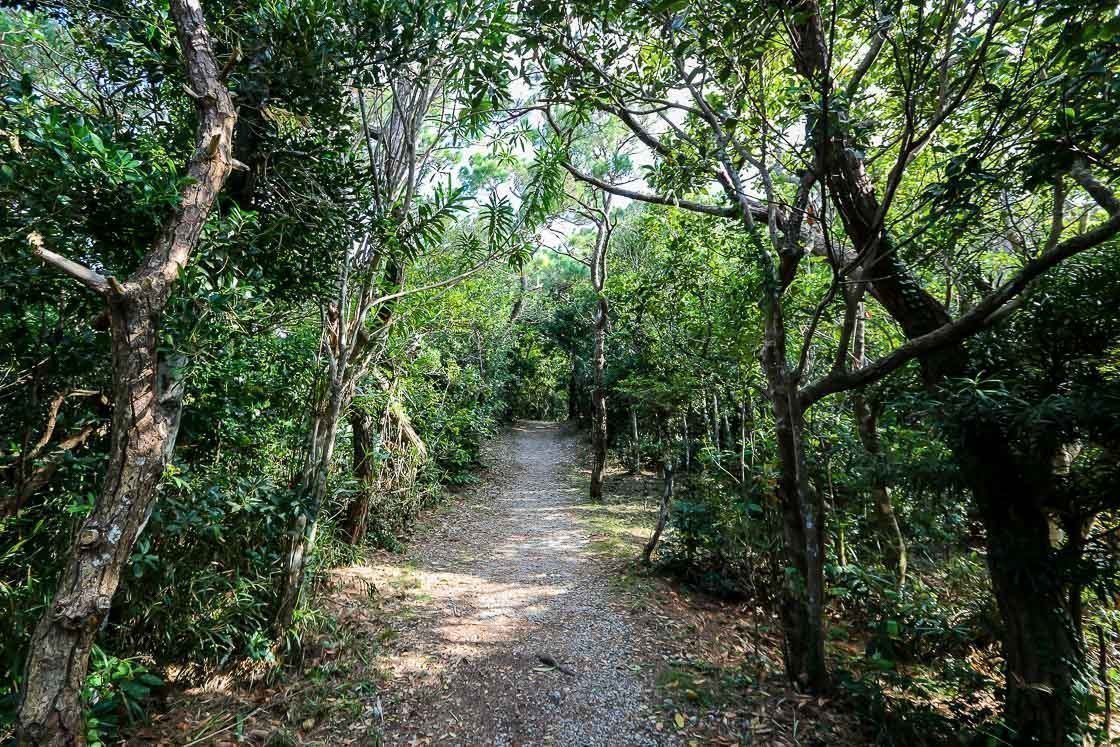
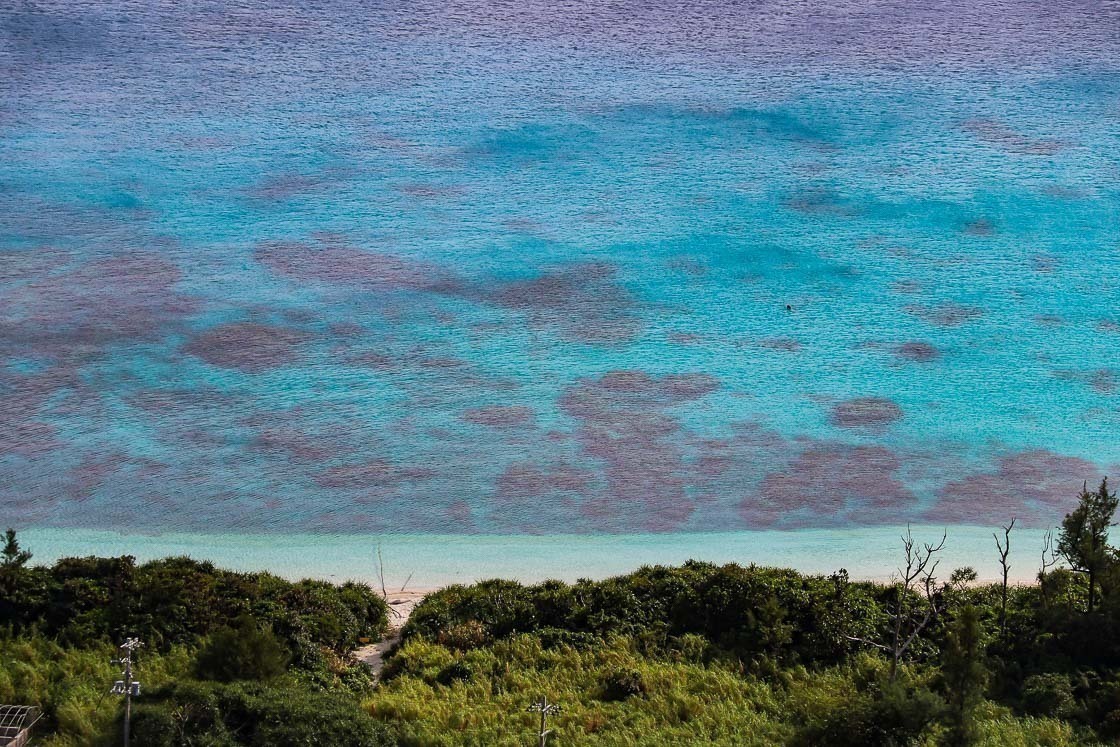
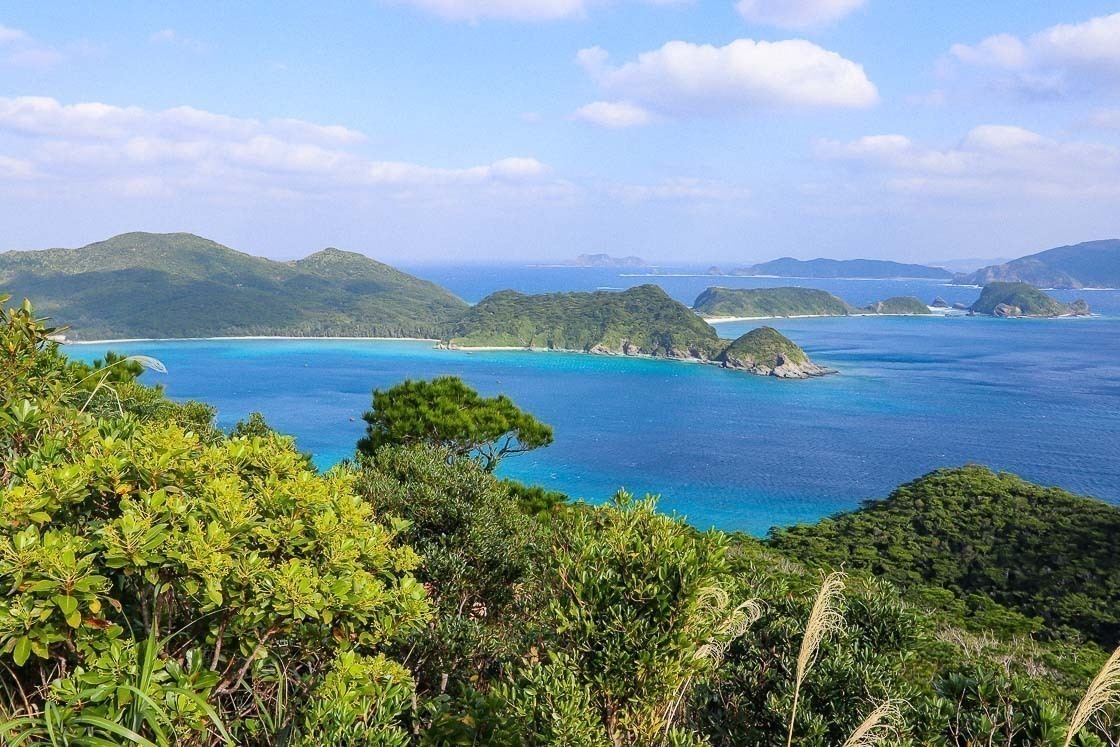
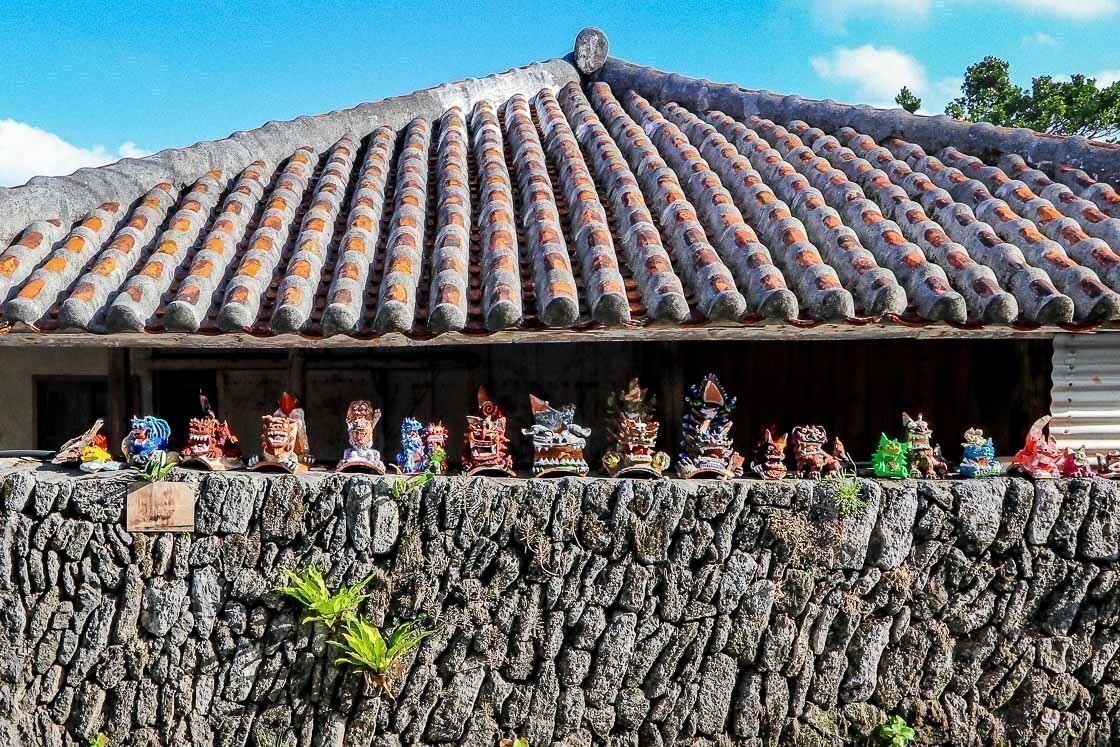

Furuzamami Beach was next on the route, and I had high hopes for this highly rated beach. I am happy to report that the beach is as beautiful as advertised, and what is more, there are large corals and schools of fish in the water, which adds to the appeal of the place. Again, I had the entire beach to myself, aside from the lone beach fisherman about 100 meters away.
I walked back to the port area to catch the sunset and to bring my trip to a close. It was an amazing two days in the Keramashoto National Park. I had the opportunity to check out beautiful beaches and clear waters filled with marine life, walk through cute villages and interact with the locals. There could not be a more rustic and ideal location to decompress from the daily bustle of city life. Two days was a right amount of time for me unwind, but there are enough on these islands to spend an entire week. I enjoyed my trip so much and would definitely not hesitate to visit the Kerama Islands again, given another opportunity.
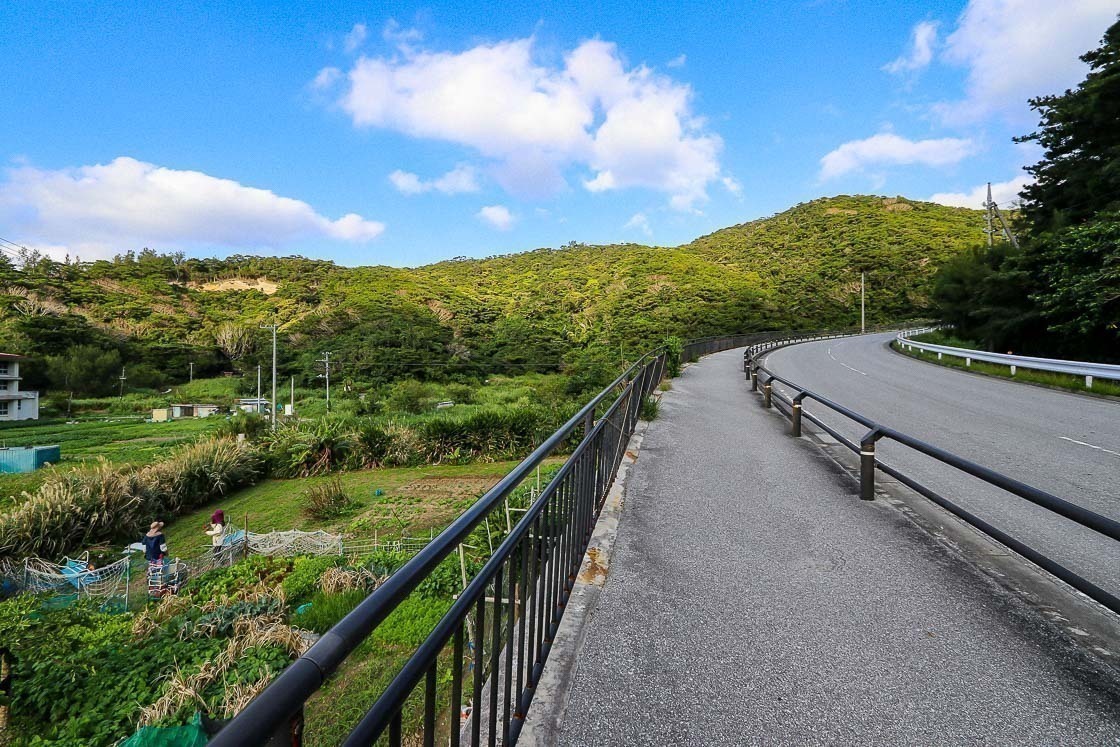
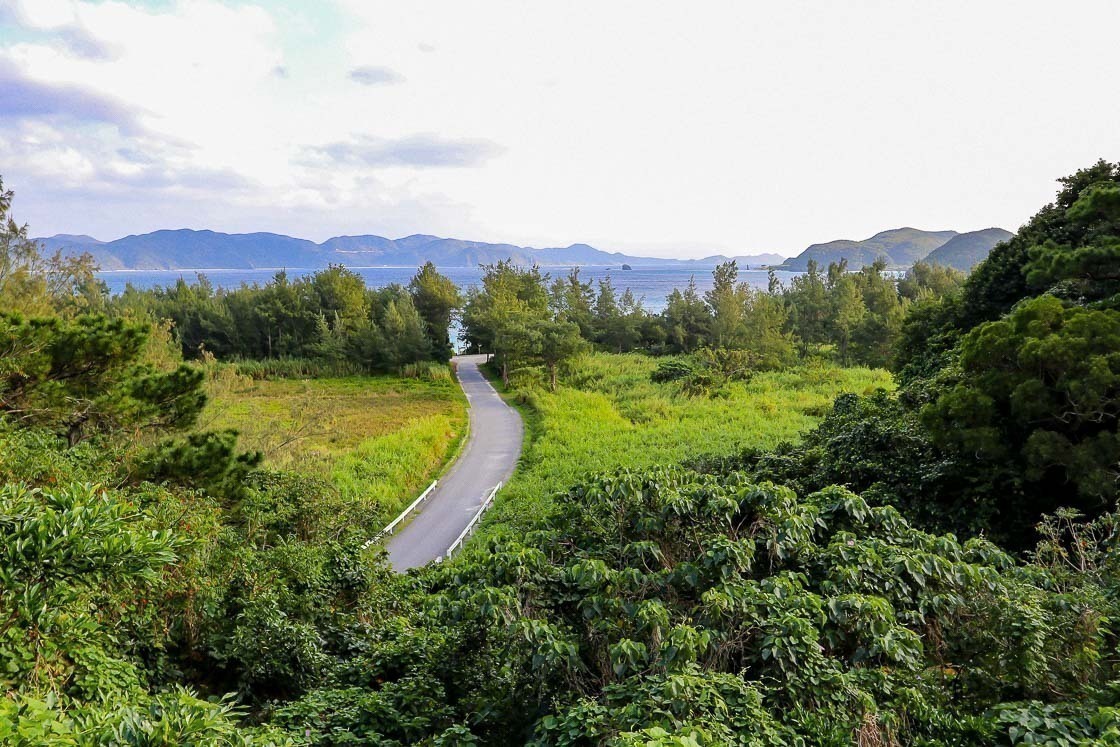

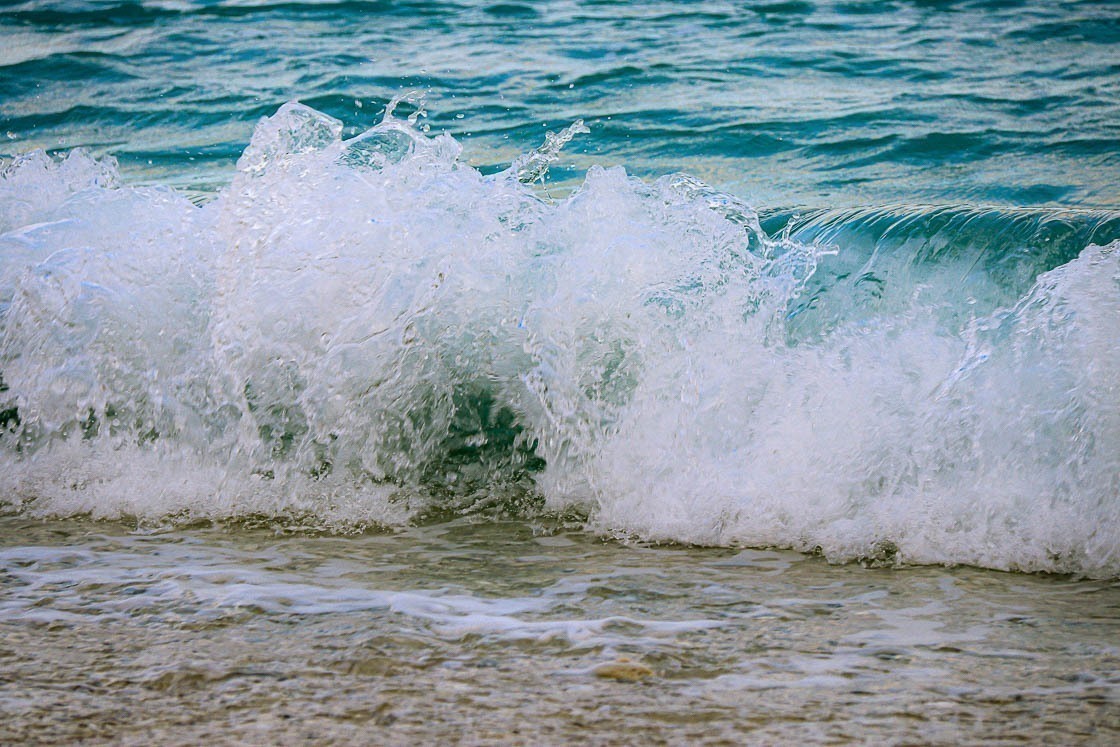
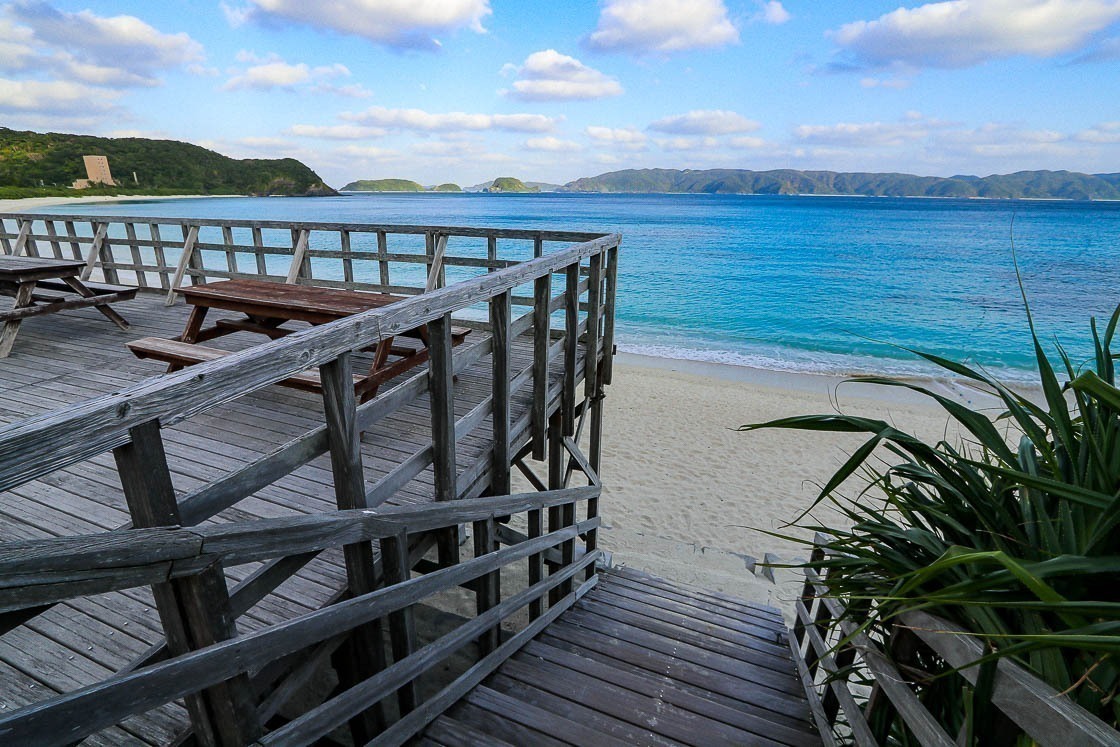
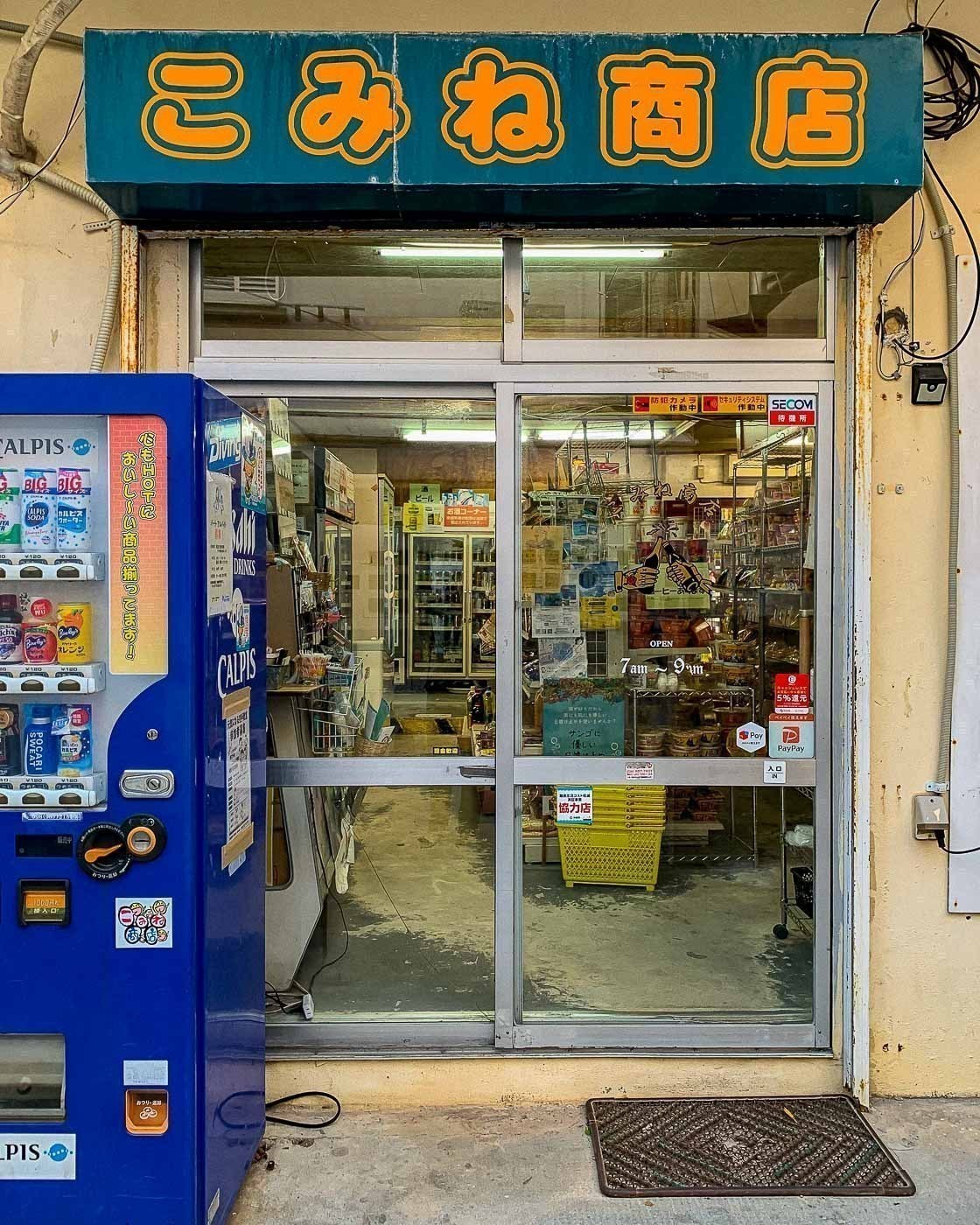
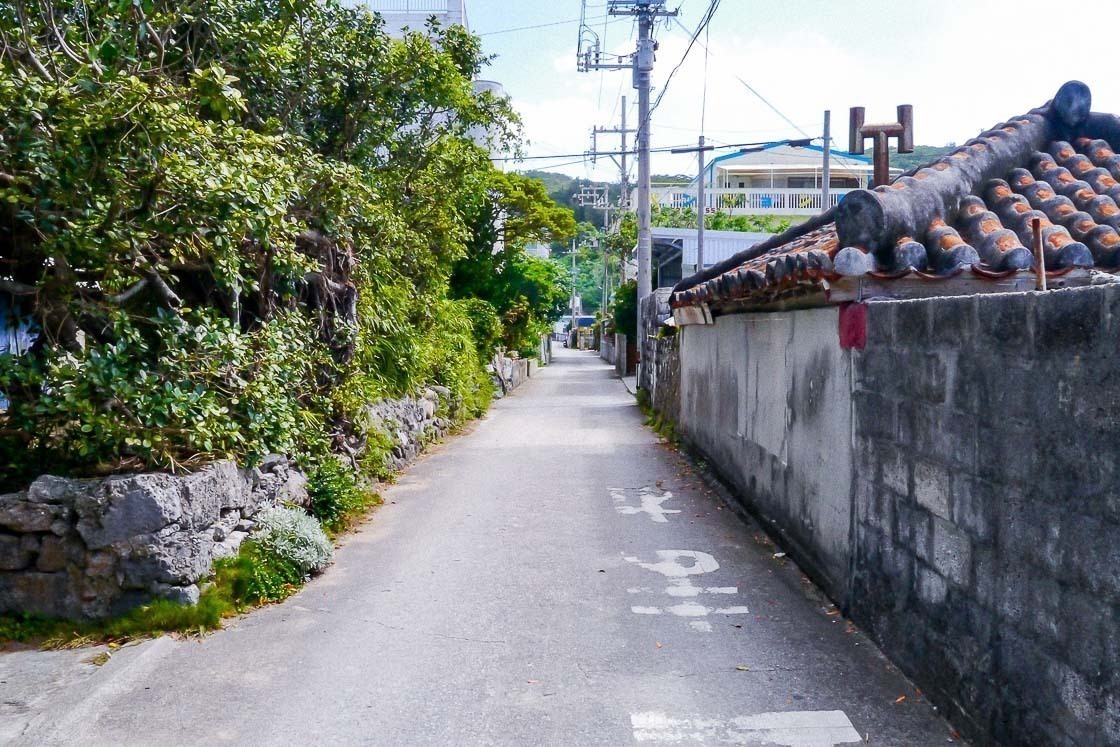
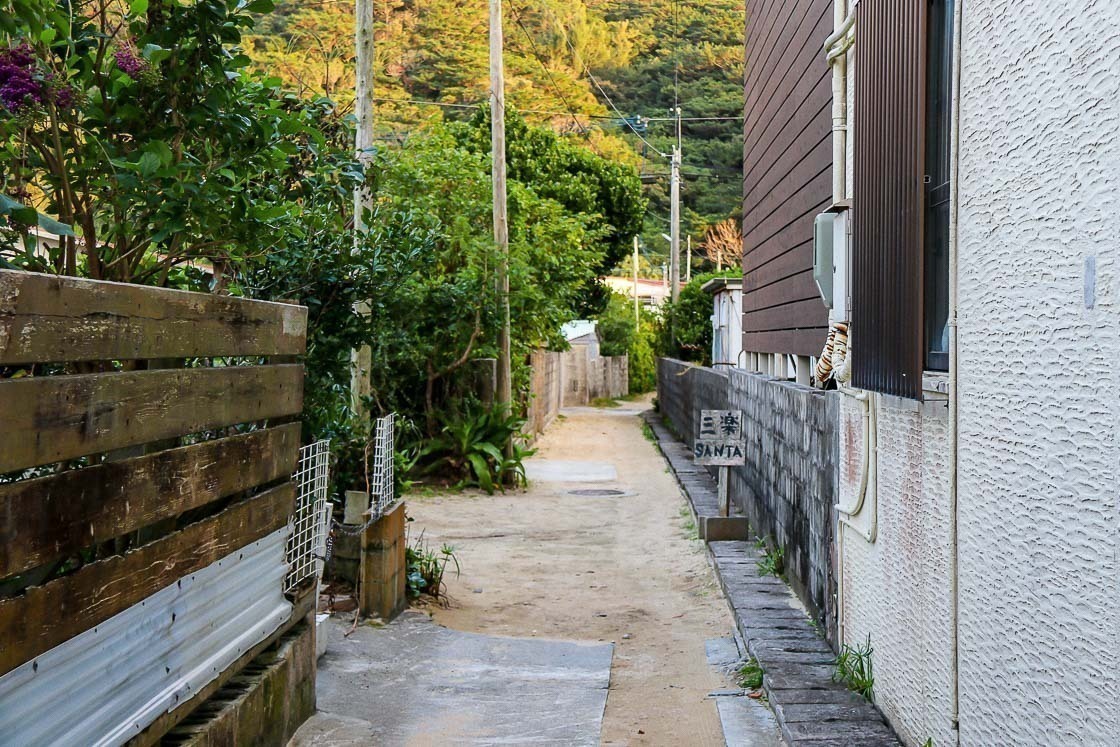
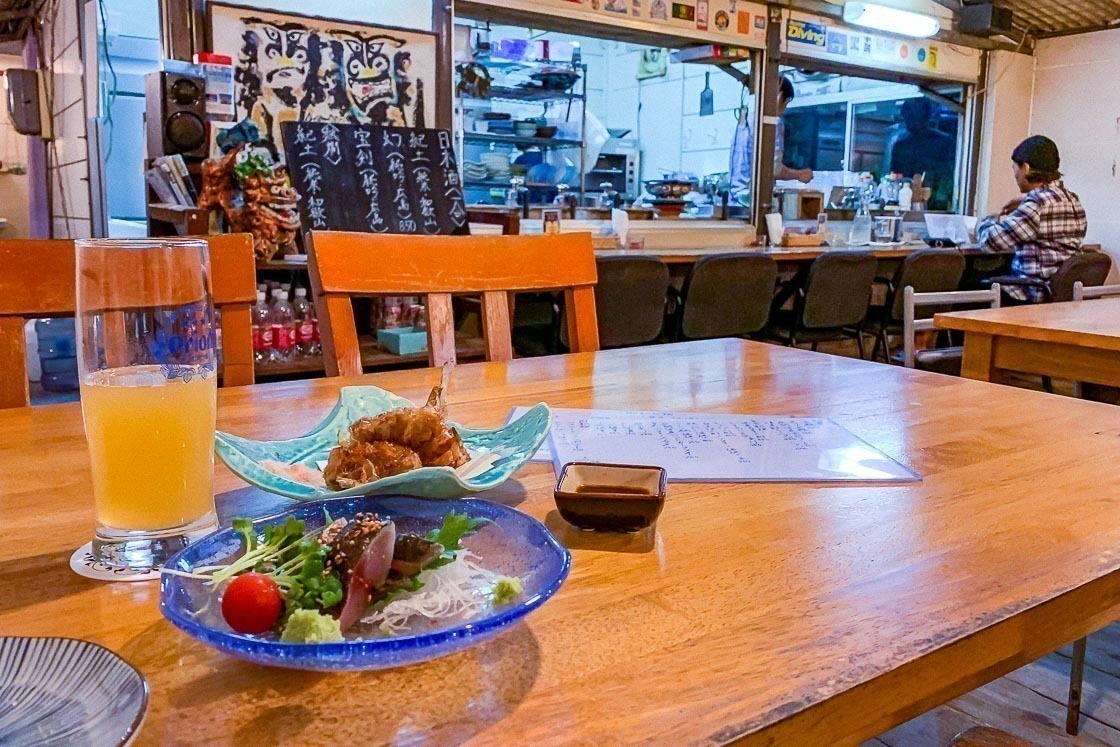
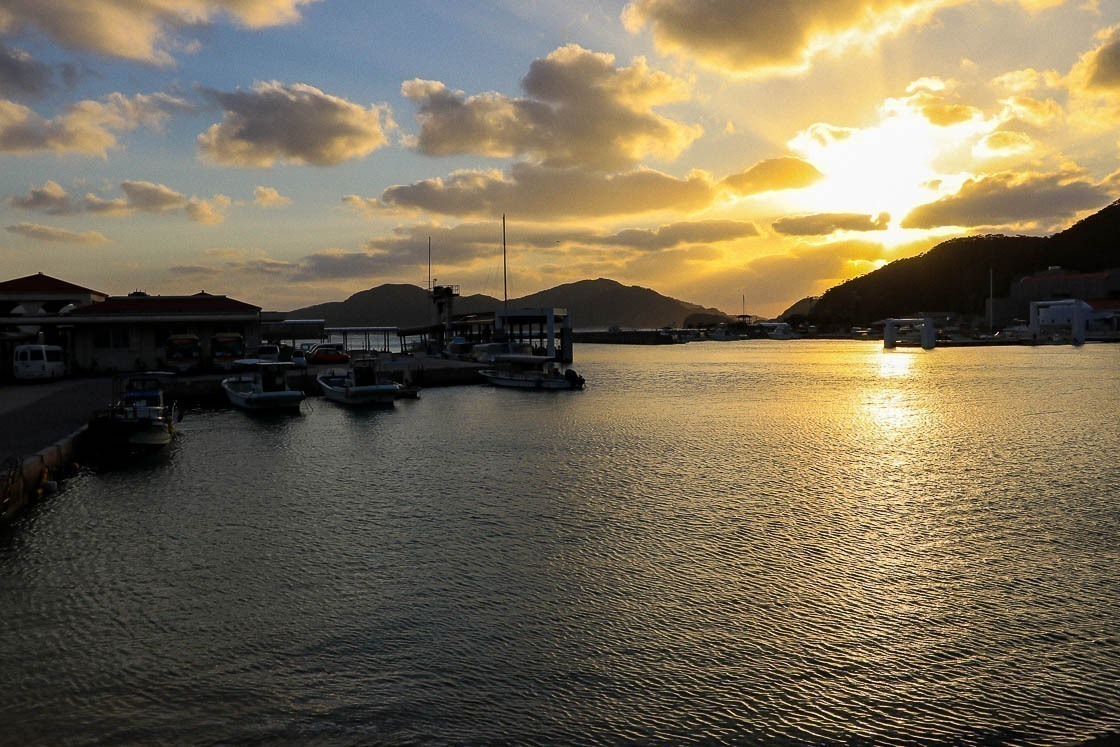
Access
Naha, the prefectural capital of Okinawa on Okinawa Honto, the main and biggest island of Okinawa, is a major transportation hub. It has an airport with direct flights to the major Japanese cities like Tokyo, Osaka and Fukuoka, and international flights to Asian countries like Hong Kong, Taiwan and China.
Tomari Port in central Naha, is the main ferry terminal from where ferries bound for the Kerama Islands depart.
How to get the Kerama Islands
From Tomari Port, slow and high-speed ferries depart for Tokashiki, Aka and Zamami islands. There is one slow and two high-speed ferries per day, with an additional high-speed ferry during the high-season. Note that the high speed ferry service typically gets canceled in inclement weather so be sure to plan your trip with lots of buffer time or days.
Tokashiki Island
- Ferry Tokashiki (slower car ferry) - 70 minutes and 1690 yen one way
- Marine Liner Tokashiki (high-speed ferry) - 35 minutes and 2530 yen one way
Prices are valid as of February 18, 2020. Updated information about the ferry schedule is available on Tokashiki Island's official website.
Aka and Zamami islands
- Ferry Zamami (slower car ferry) - 90 minutes (Aka), 120 minutes (Zamami), and 2150 yen one way
- Queen Zamami (high-speed ferry) - 50 minutes (Aka), about 60 minutes (Zamami), and 3200 yen one way
Prices are valid as of February 18, 2020. Updated information about the ferry schedule is available on Zamami Island's official website.
The Mitsushima village ferry provides inter-island access between Zamami, Aka and Tokashiki. It costs 300 yen to take the ferry between Aka and Zamami, and 800 yen between Tokashiki and Zamami/Aka. Travel time takes between 15-35 minutes. Note that the ferry between Tokashiki and the other two islands requires advance reservation, which should be made by 17:00 the day before travel.
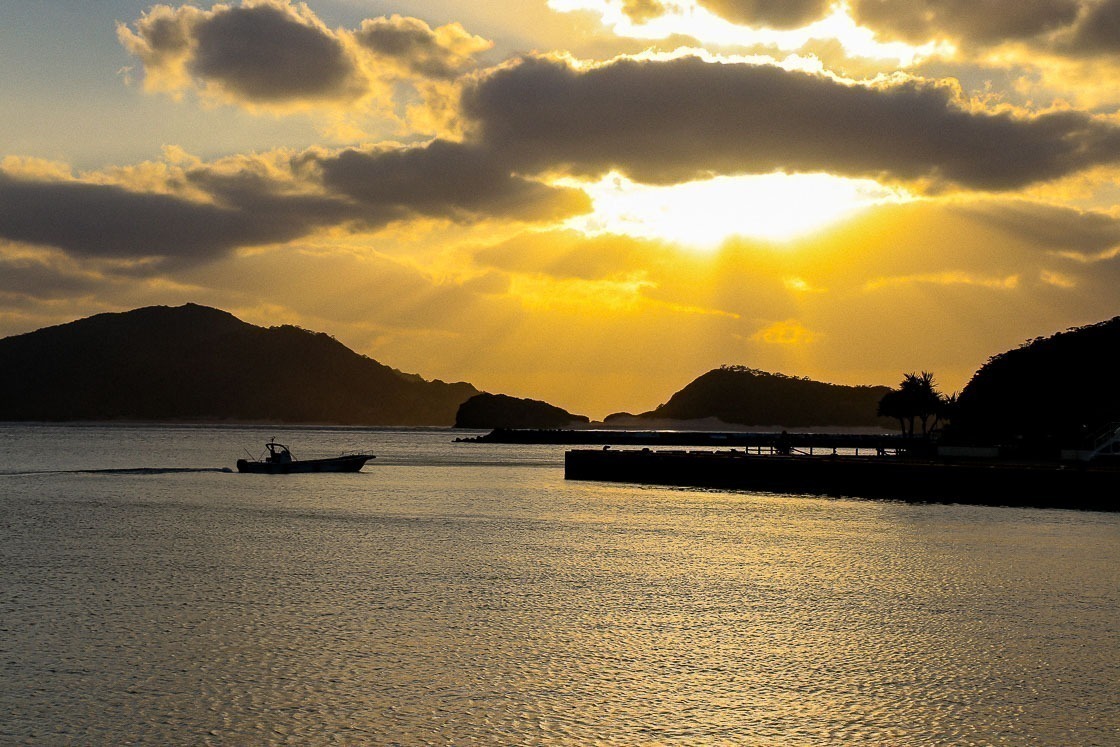
Discover more
- Learn more about Keramashoto National Park
- Learn more about the National Parks of Japan
- Learn more about Okinawa
